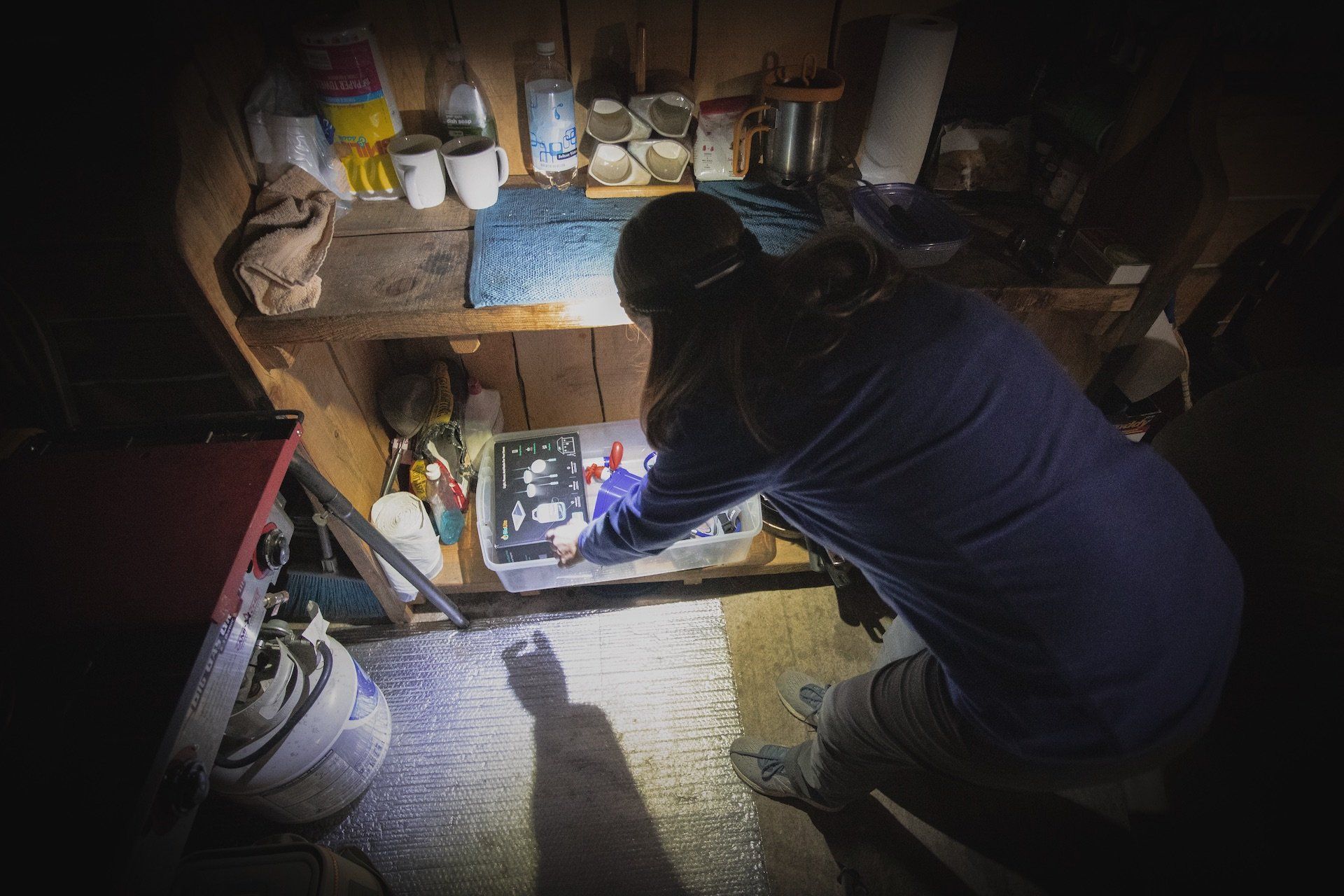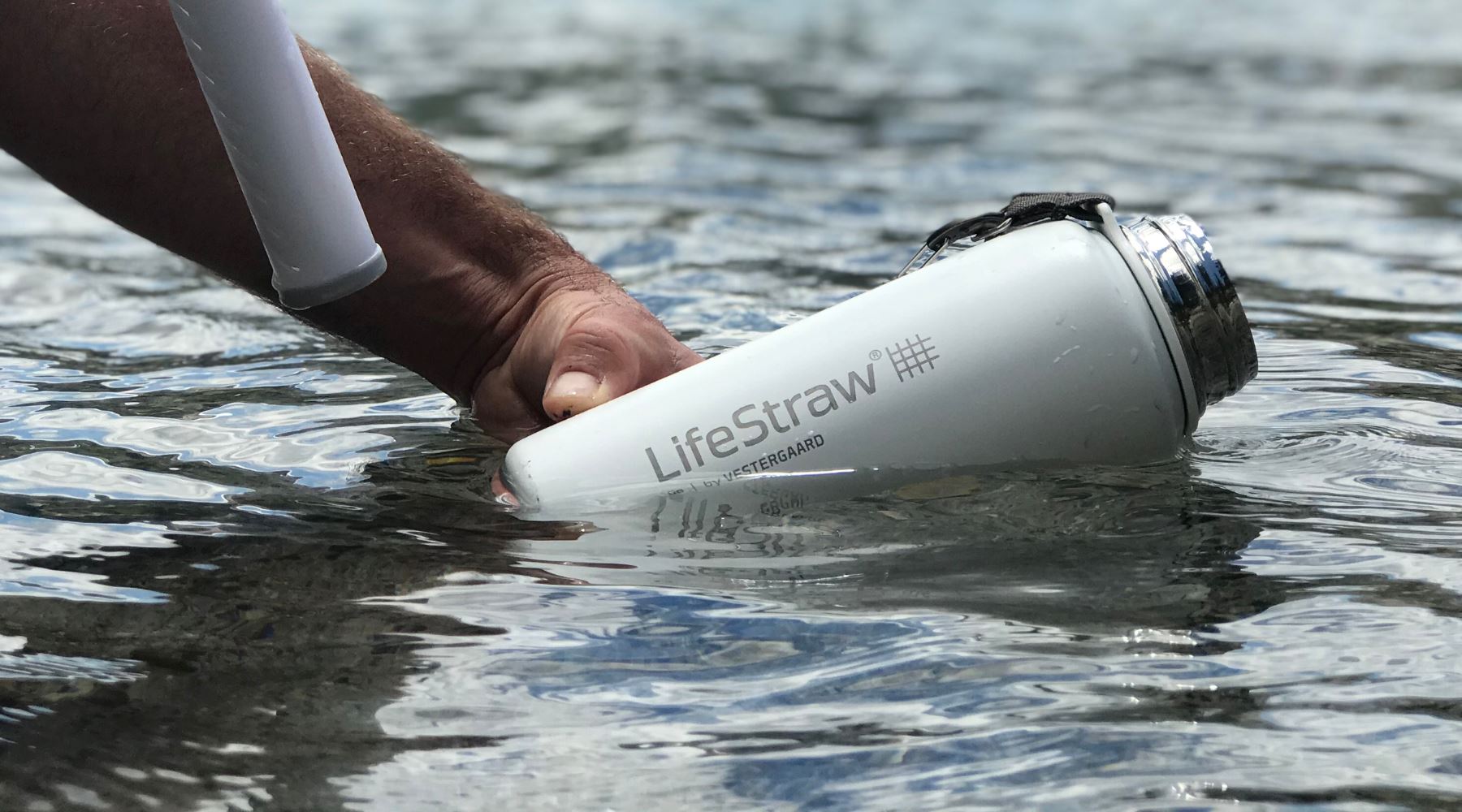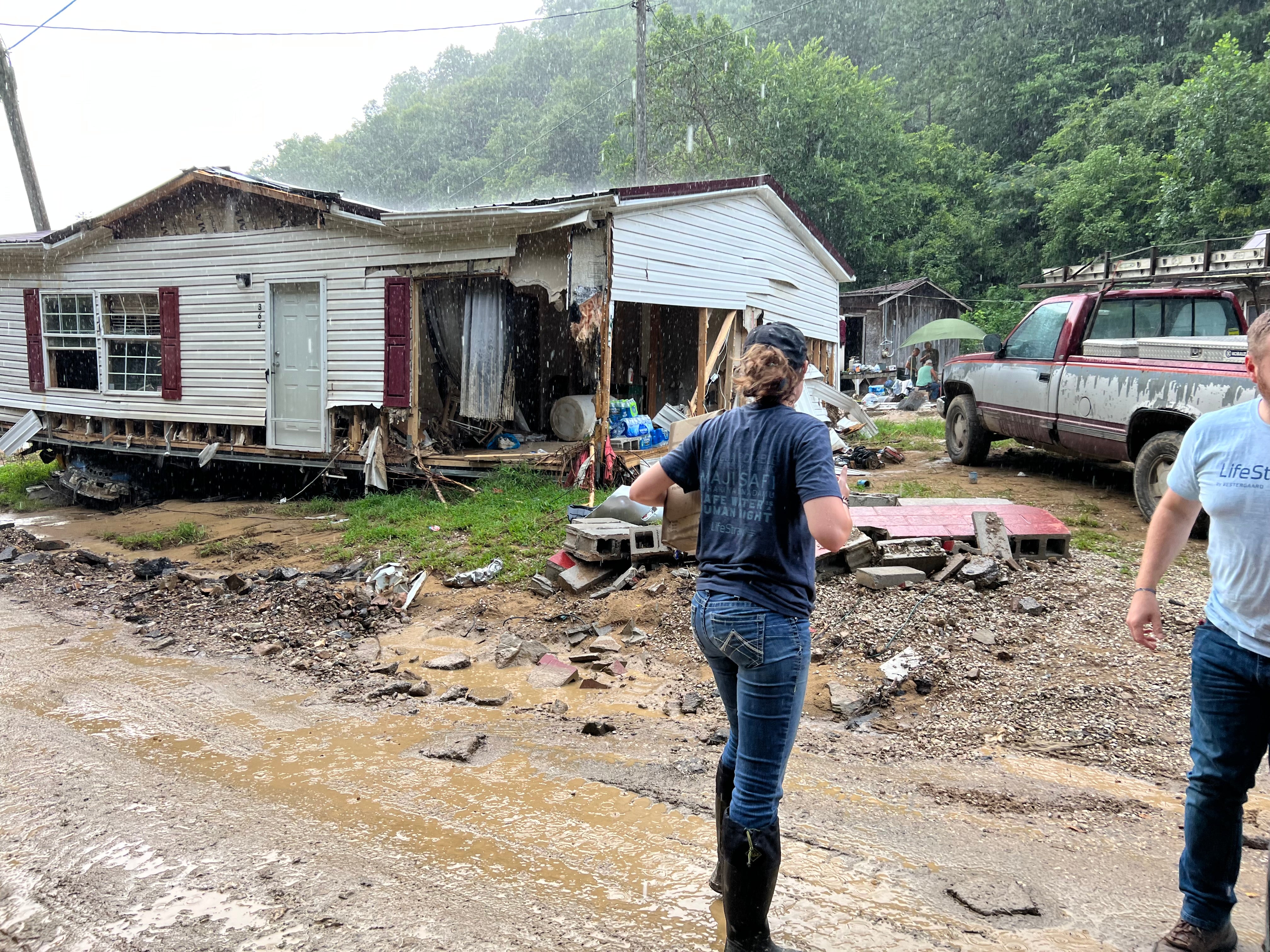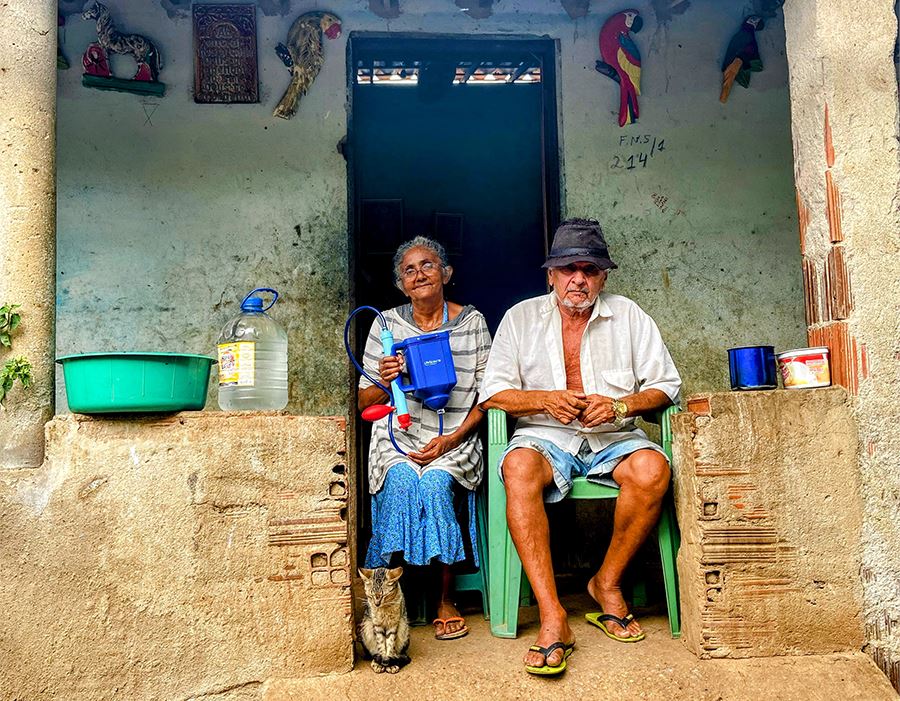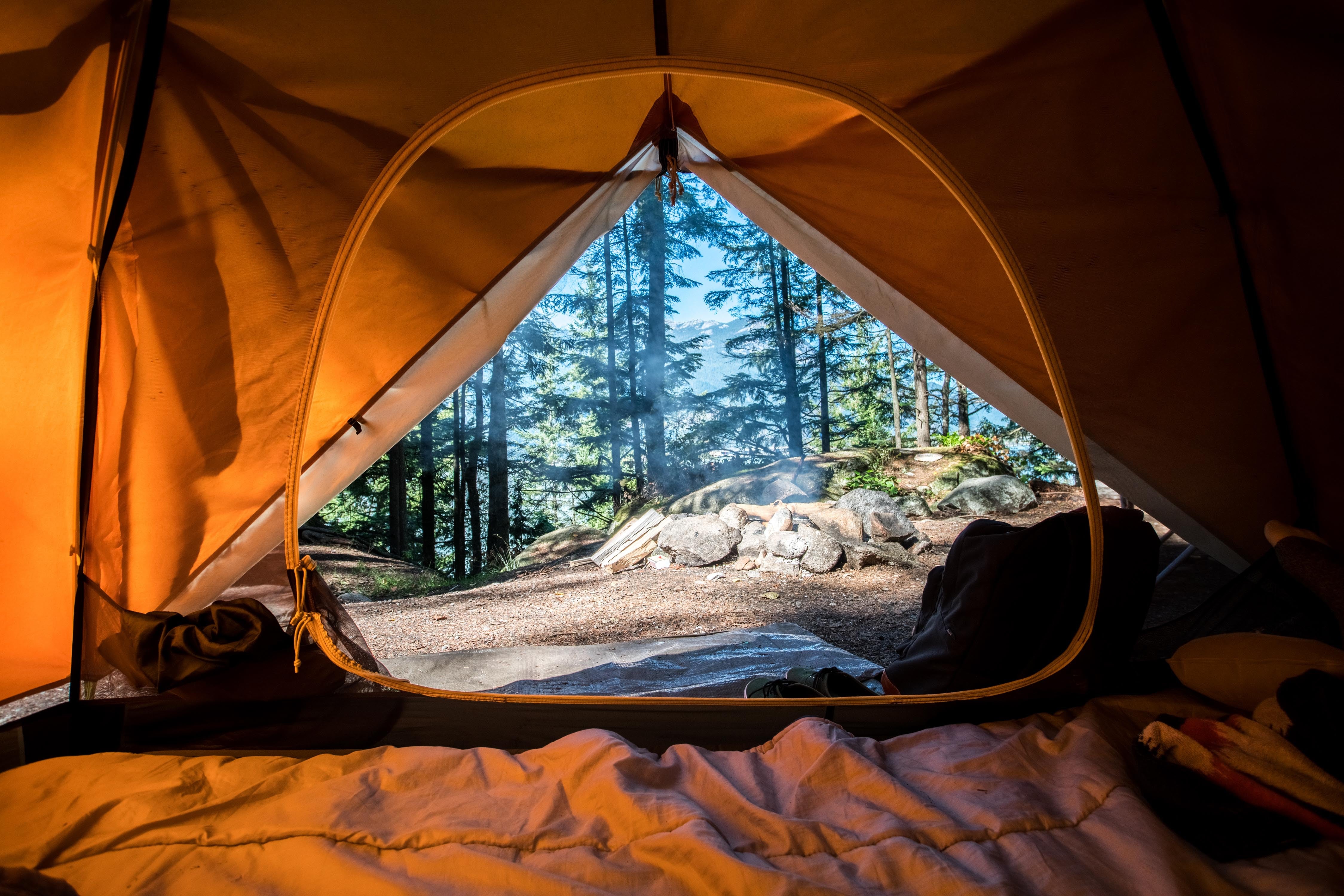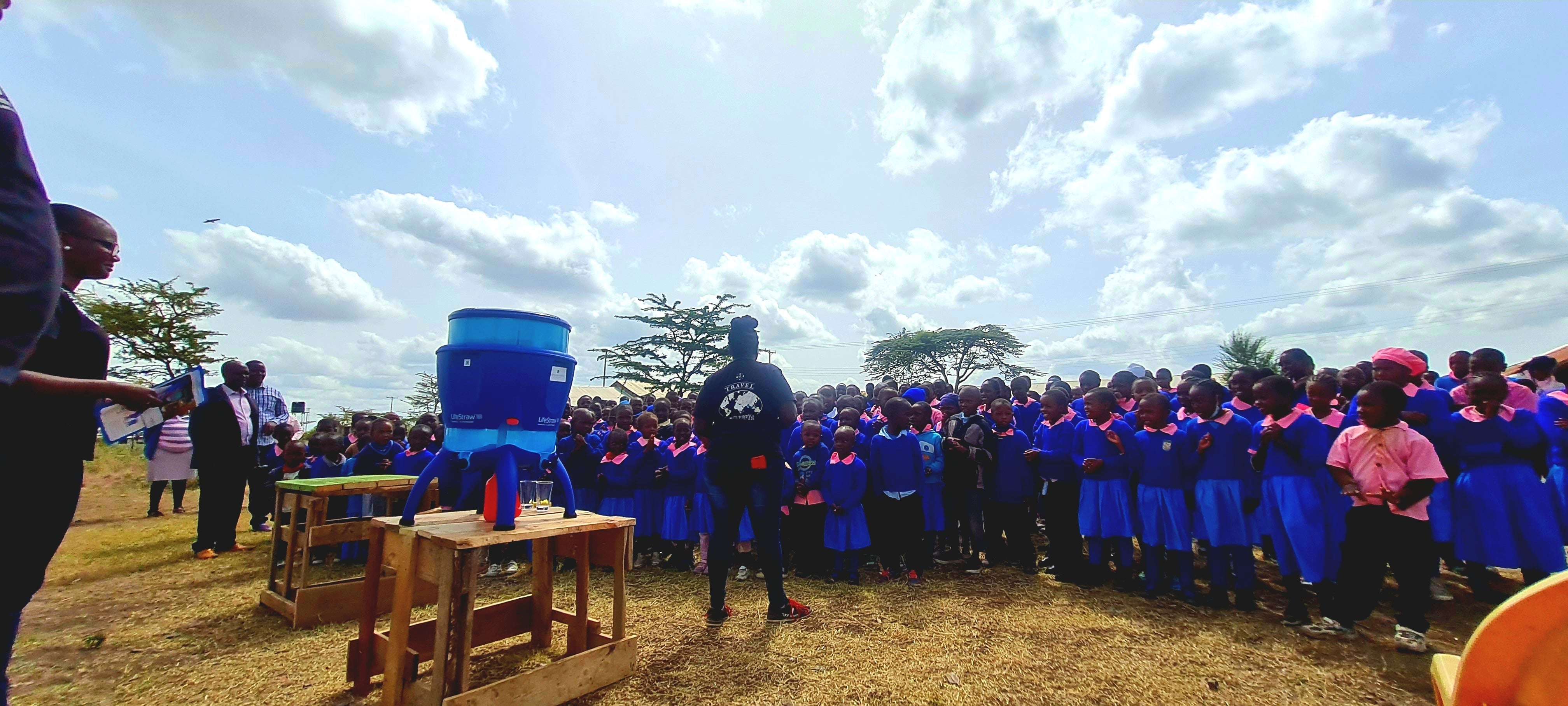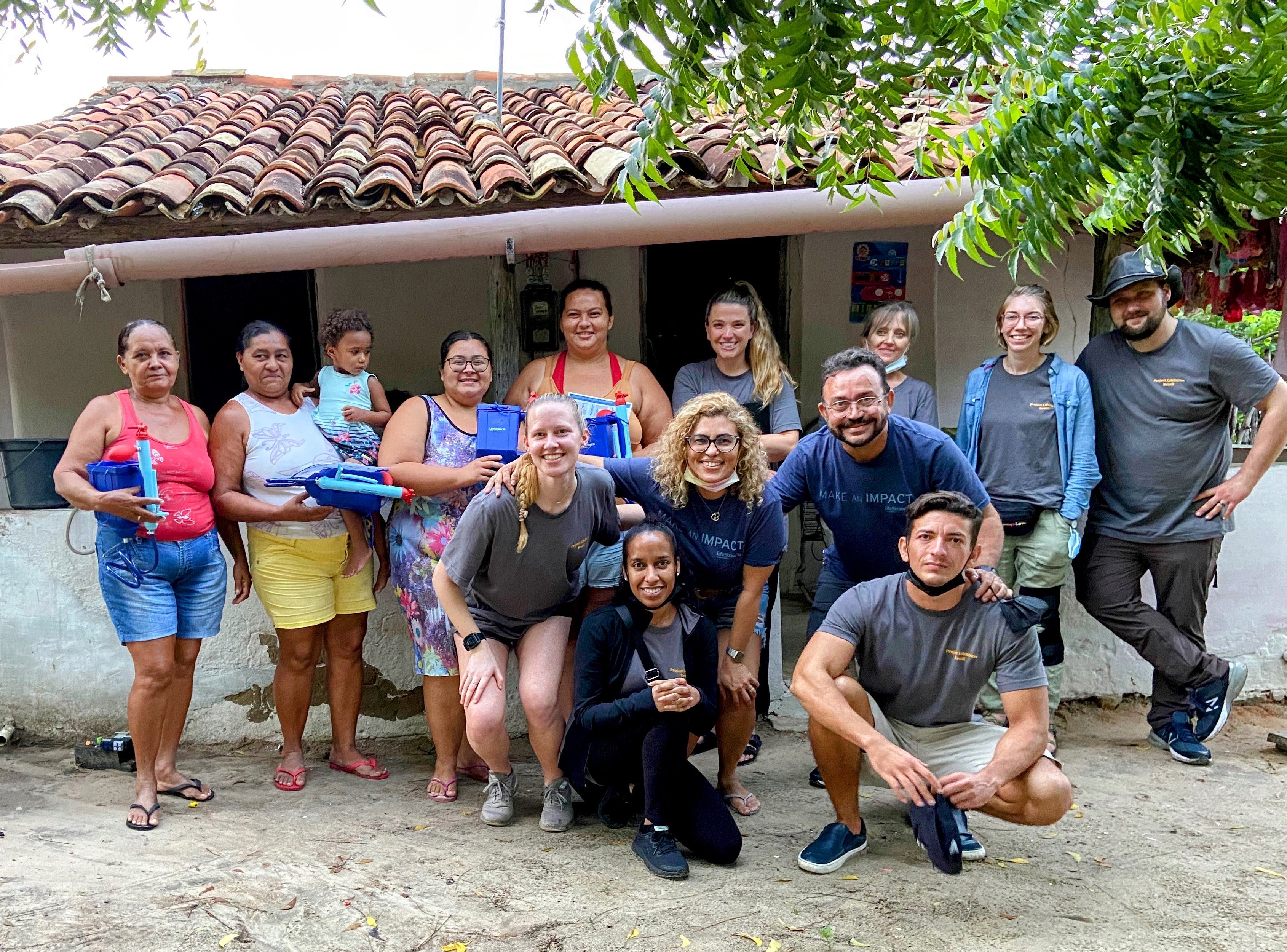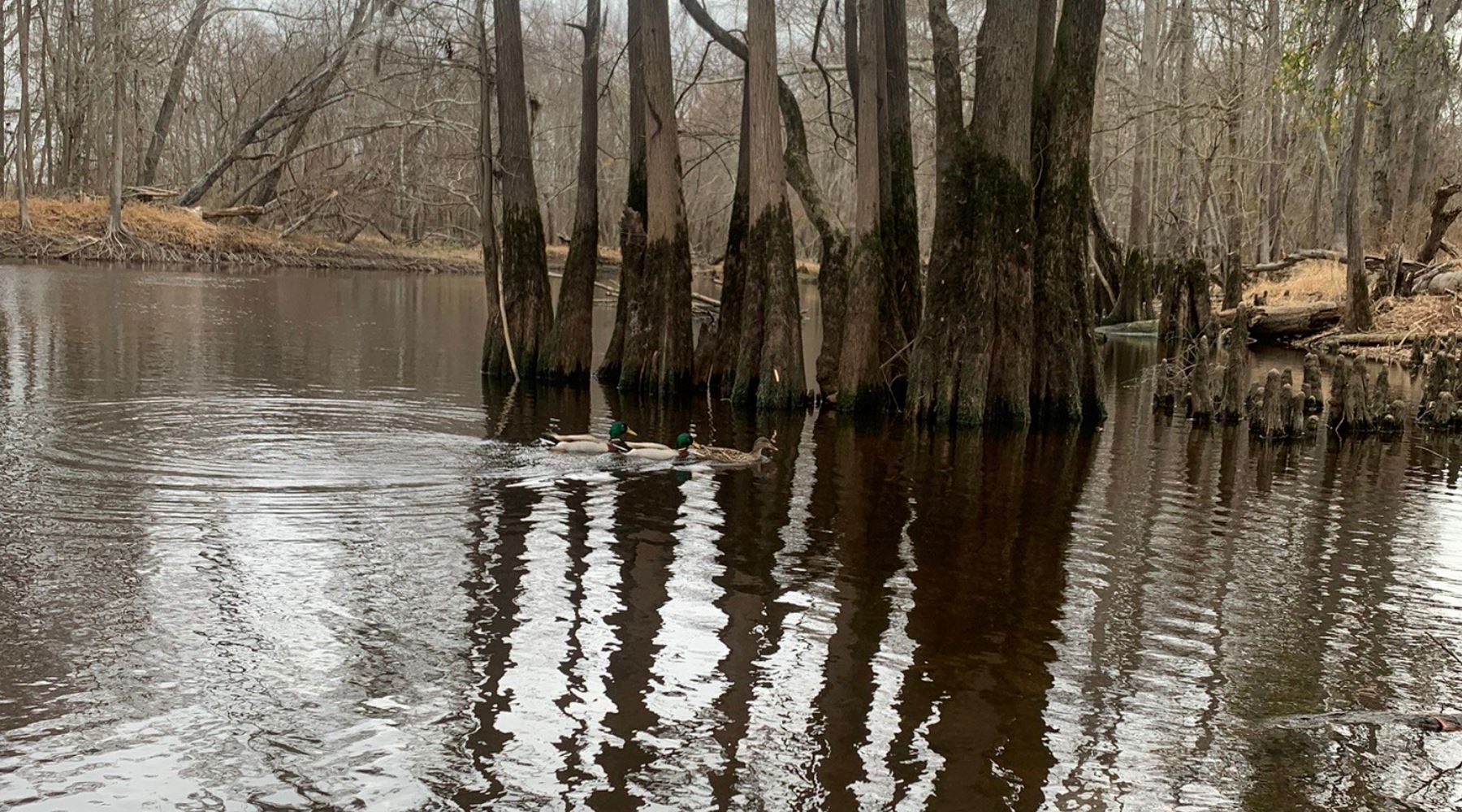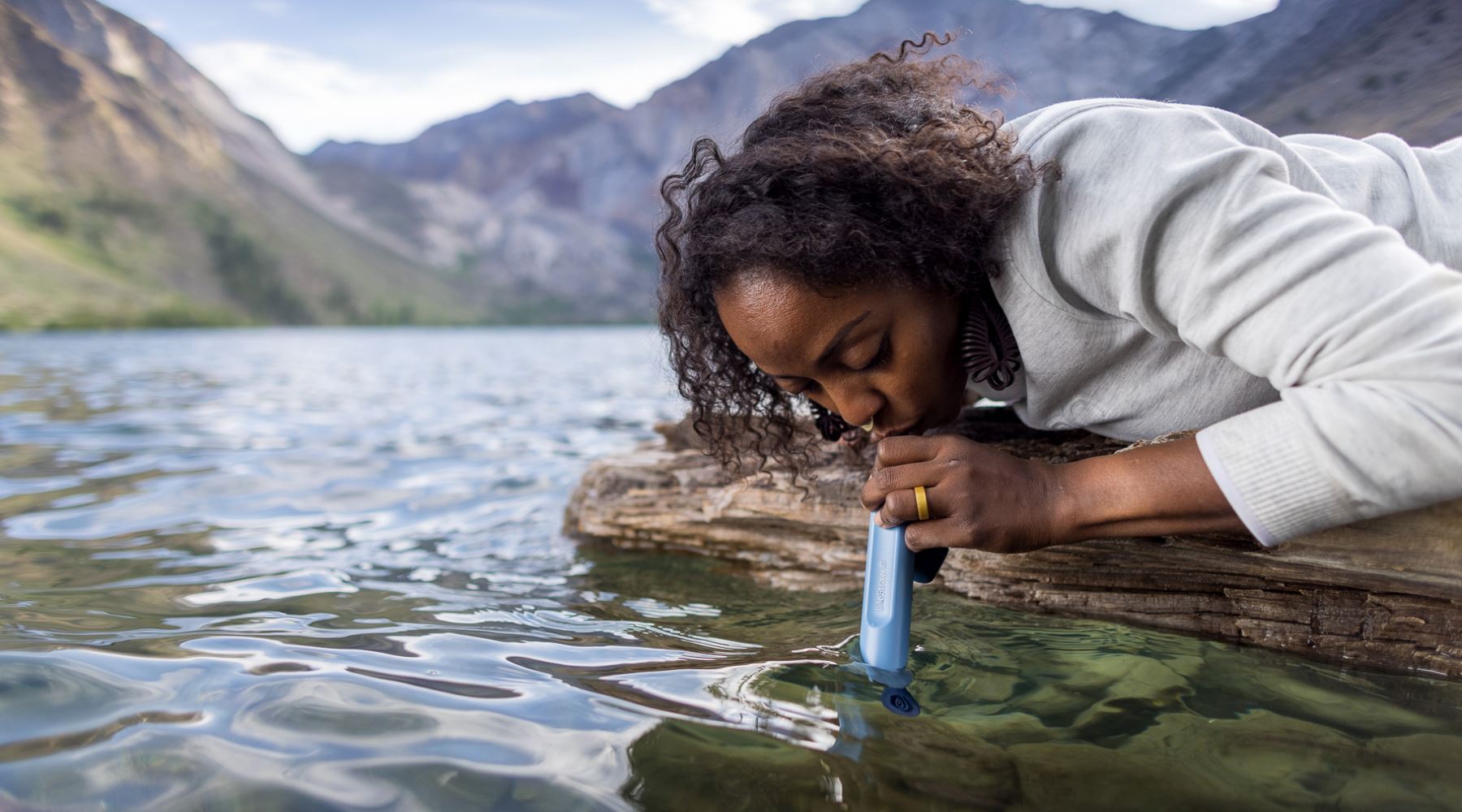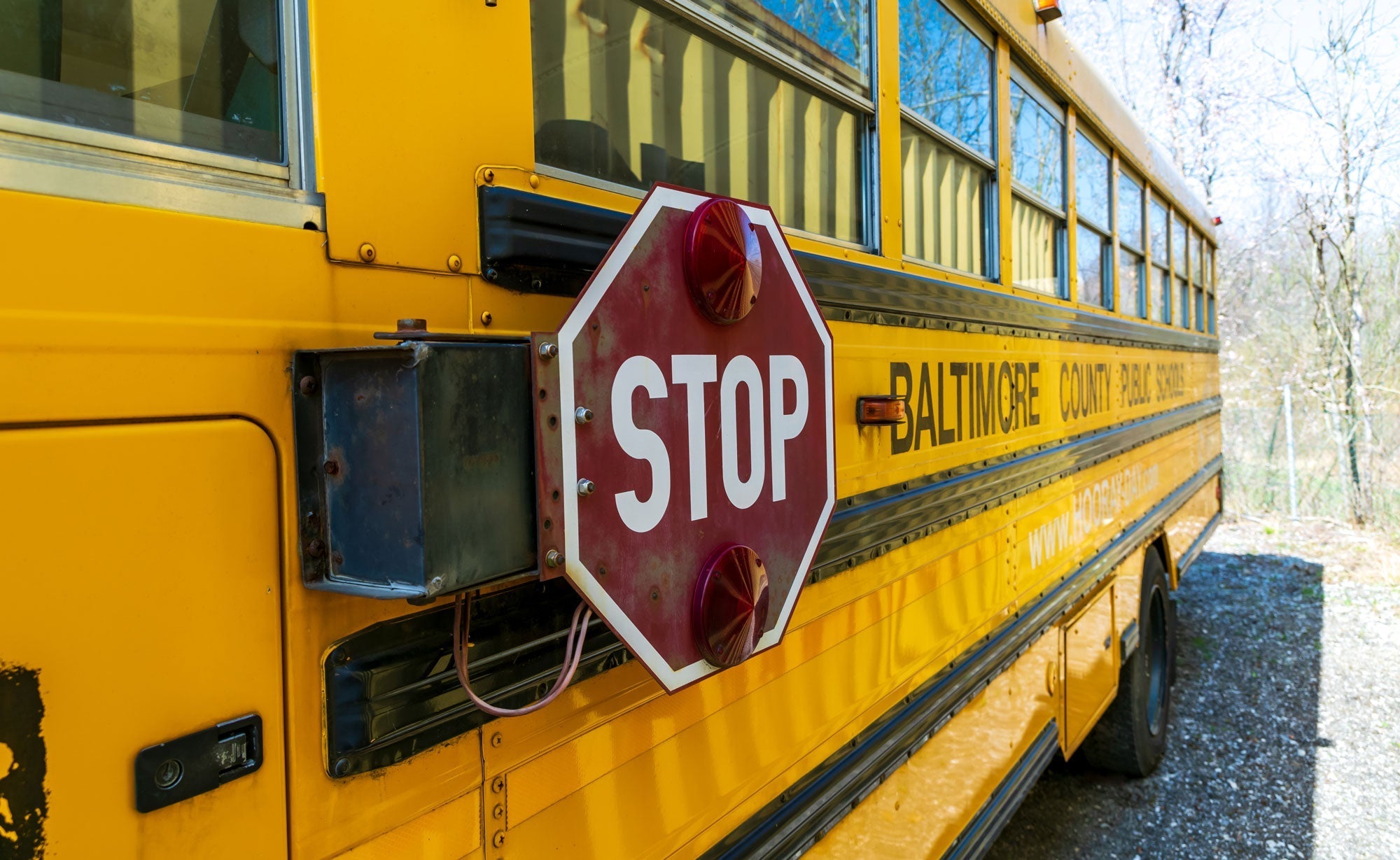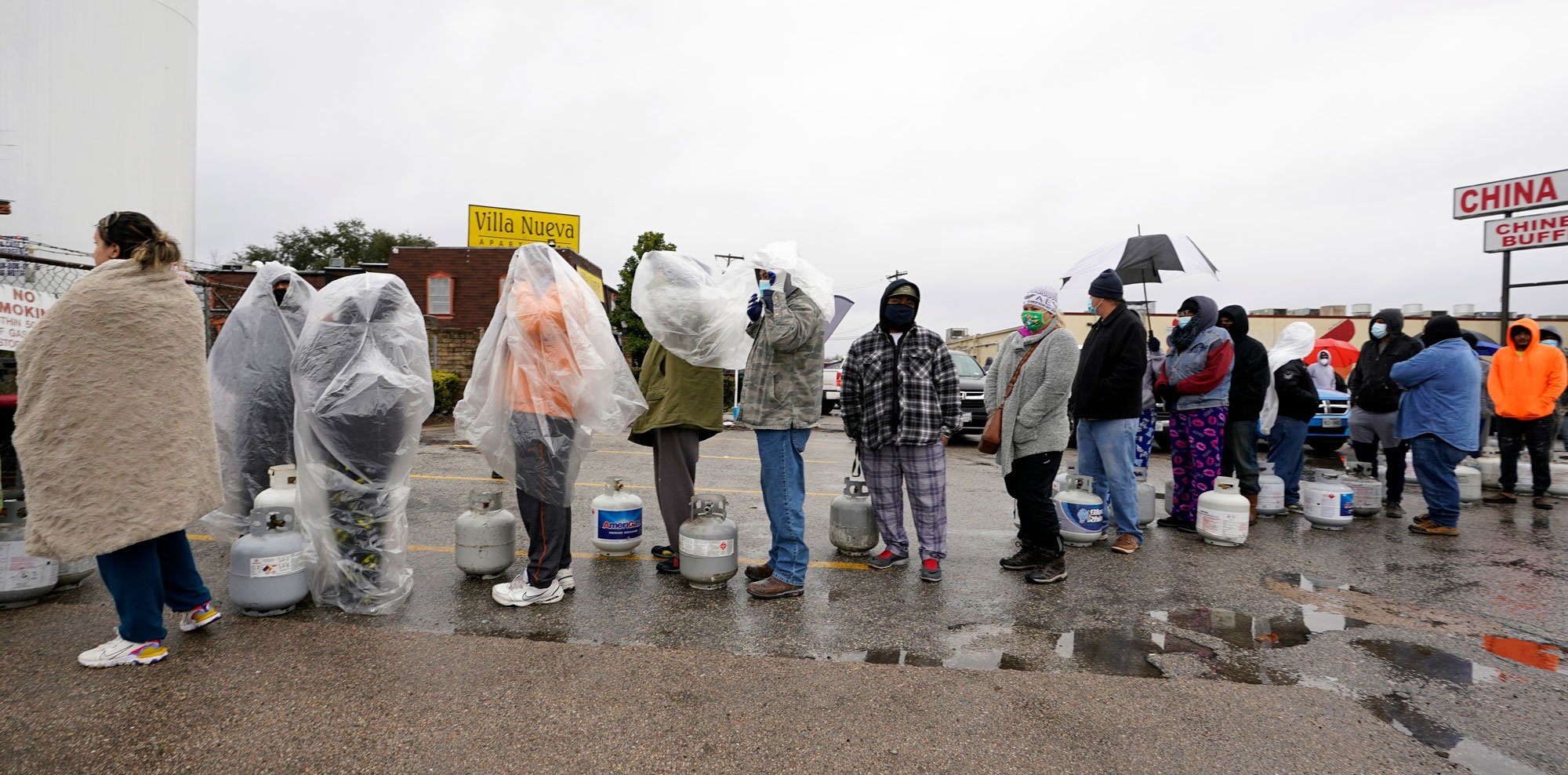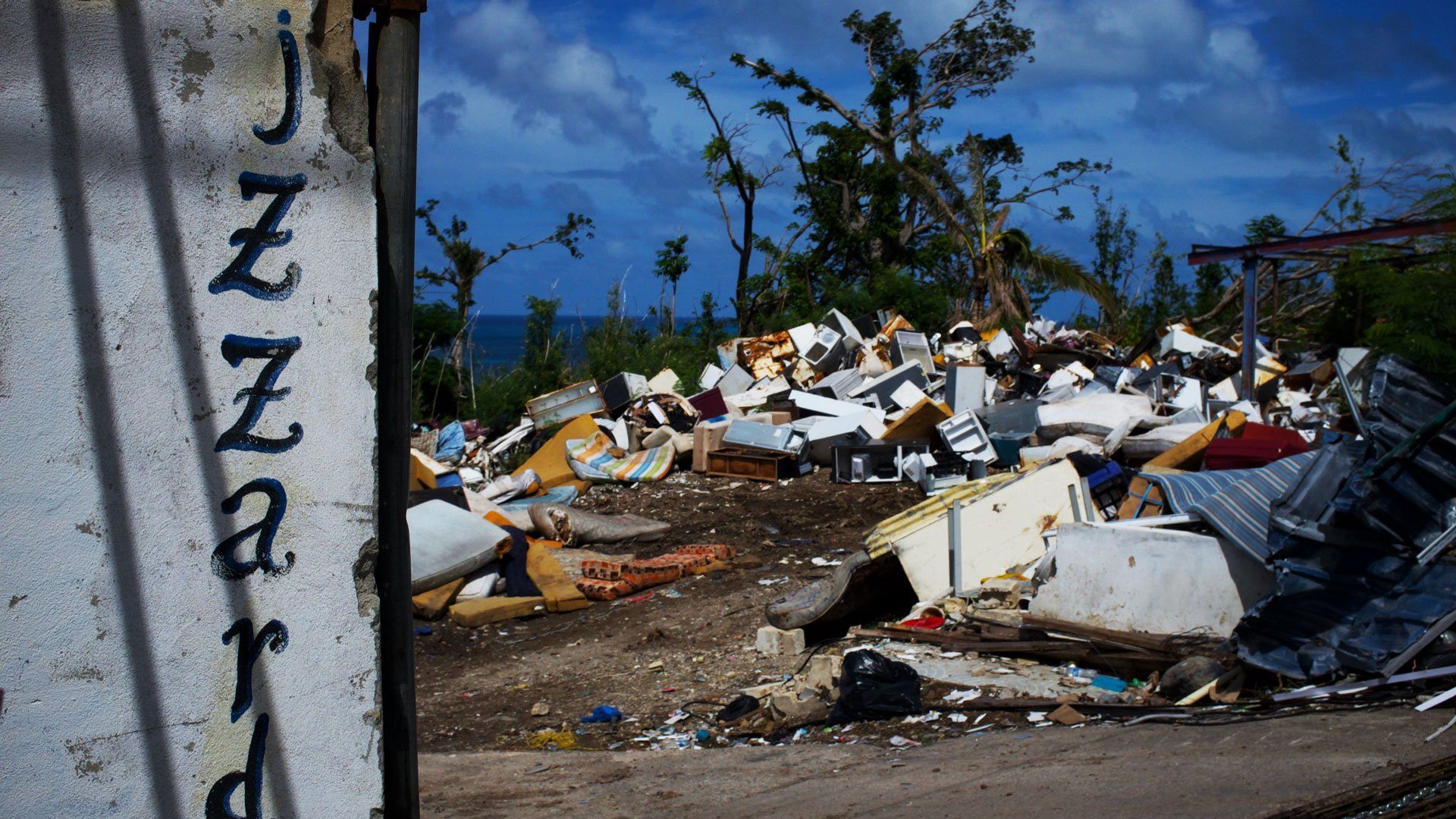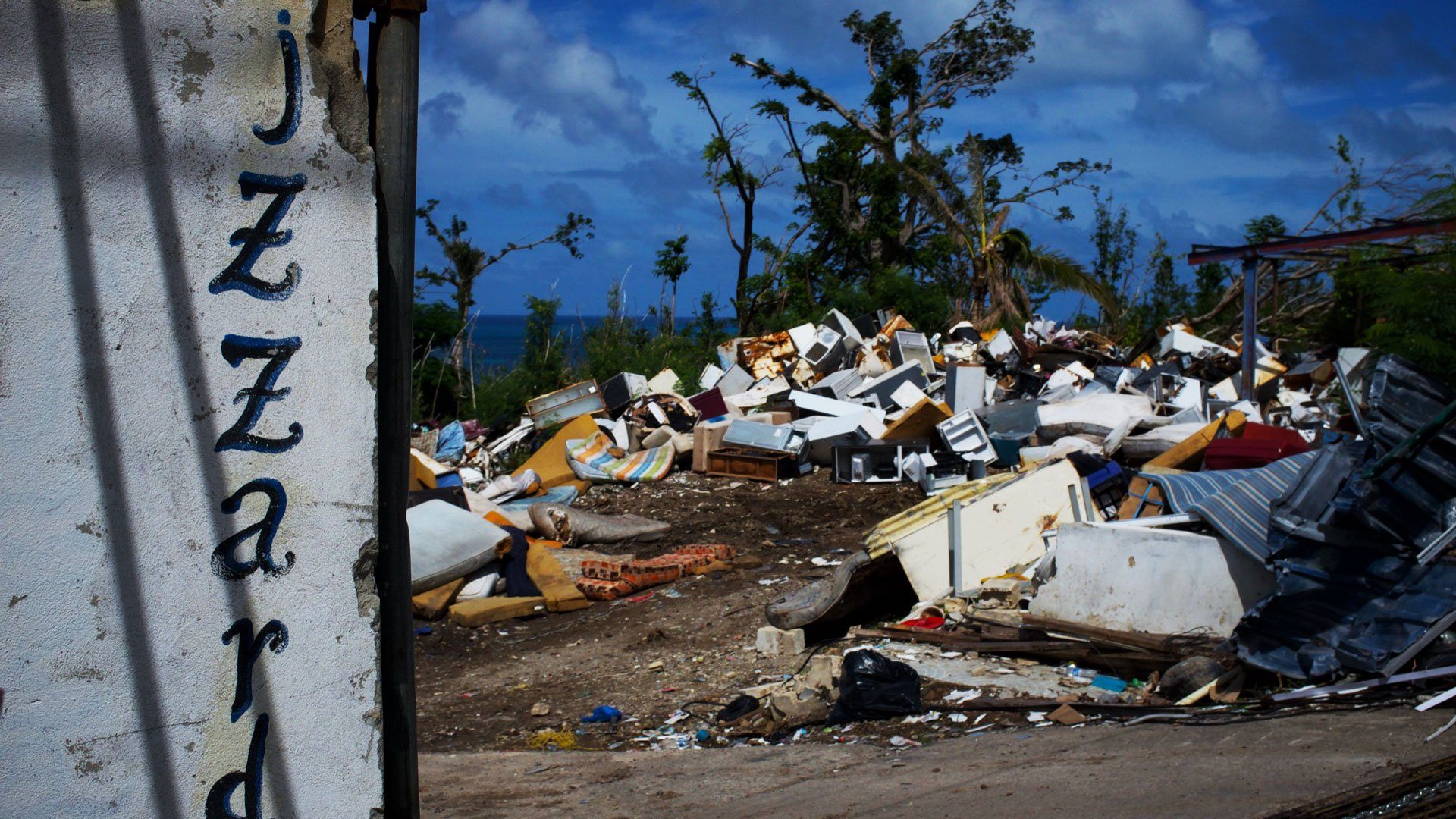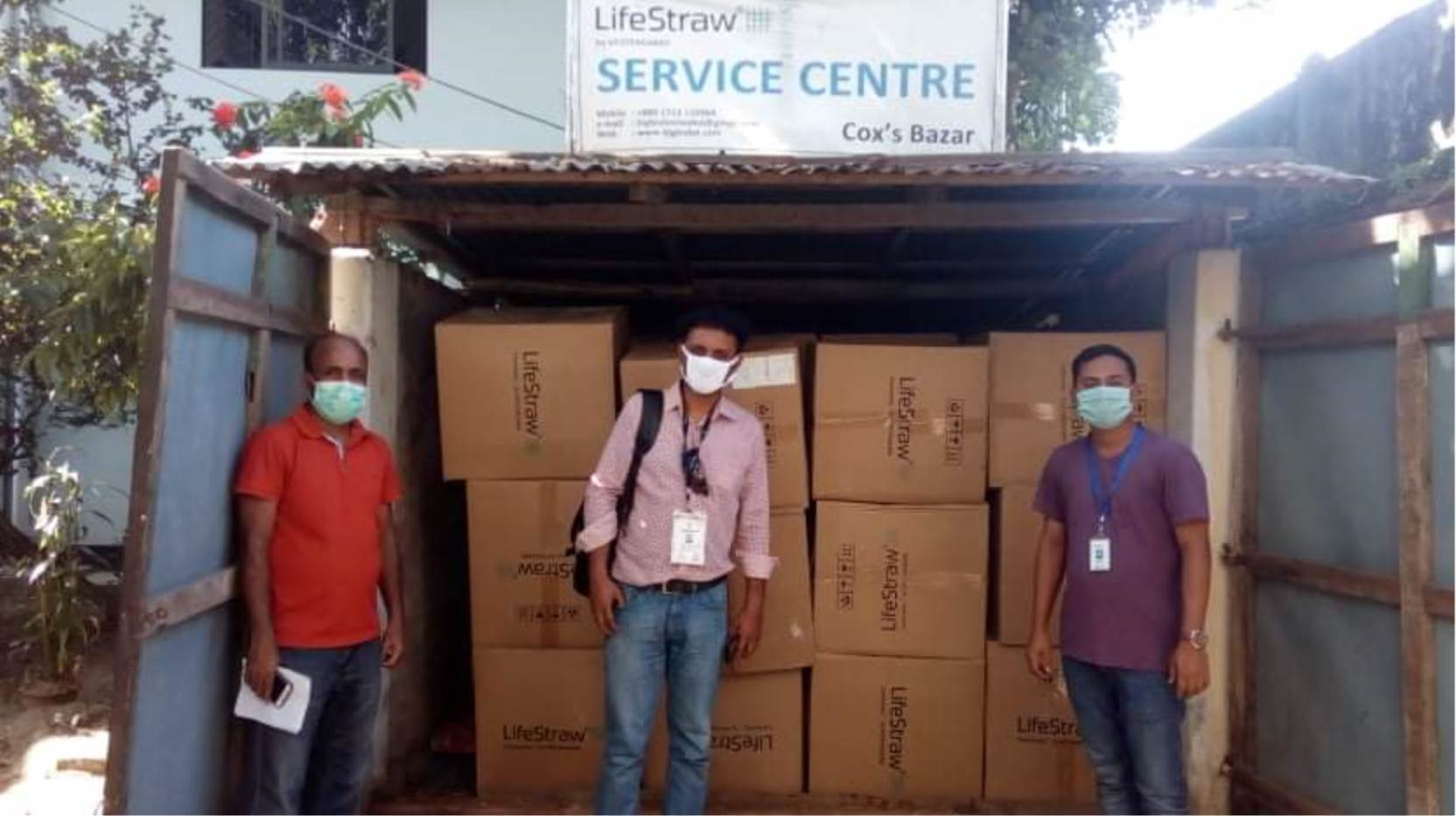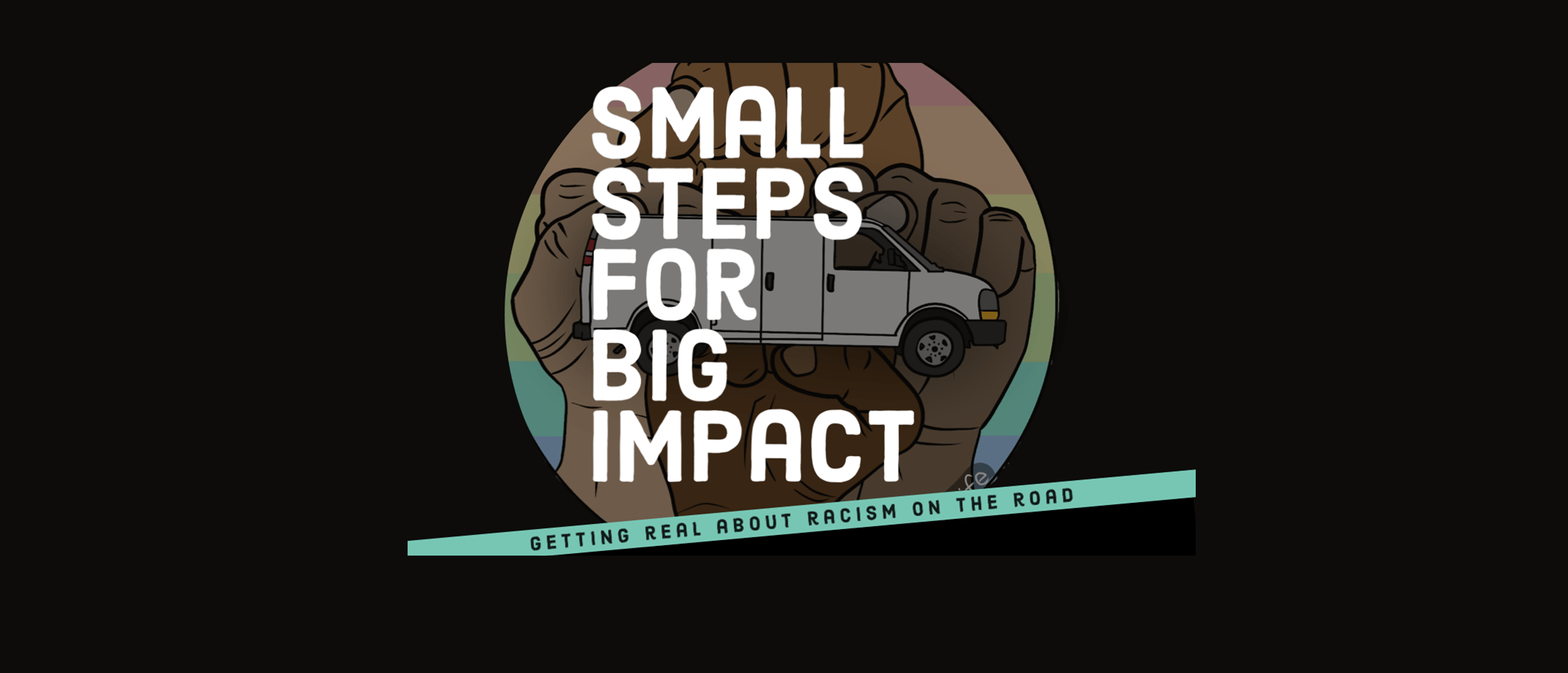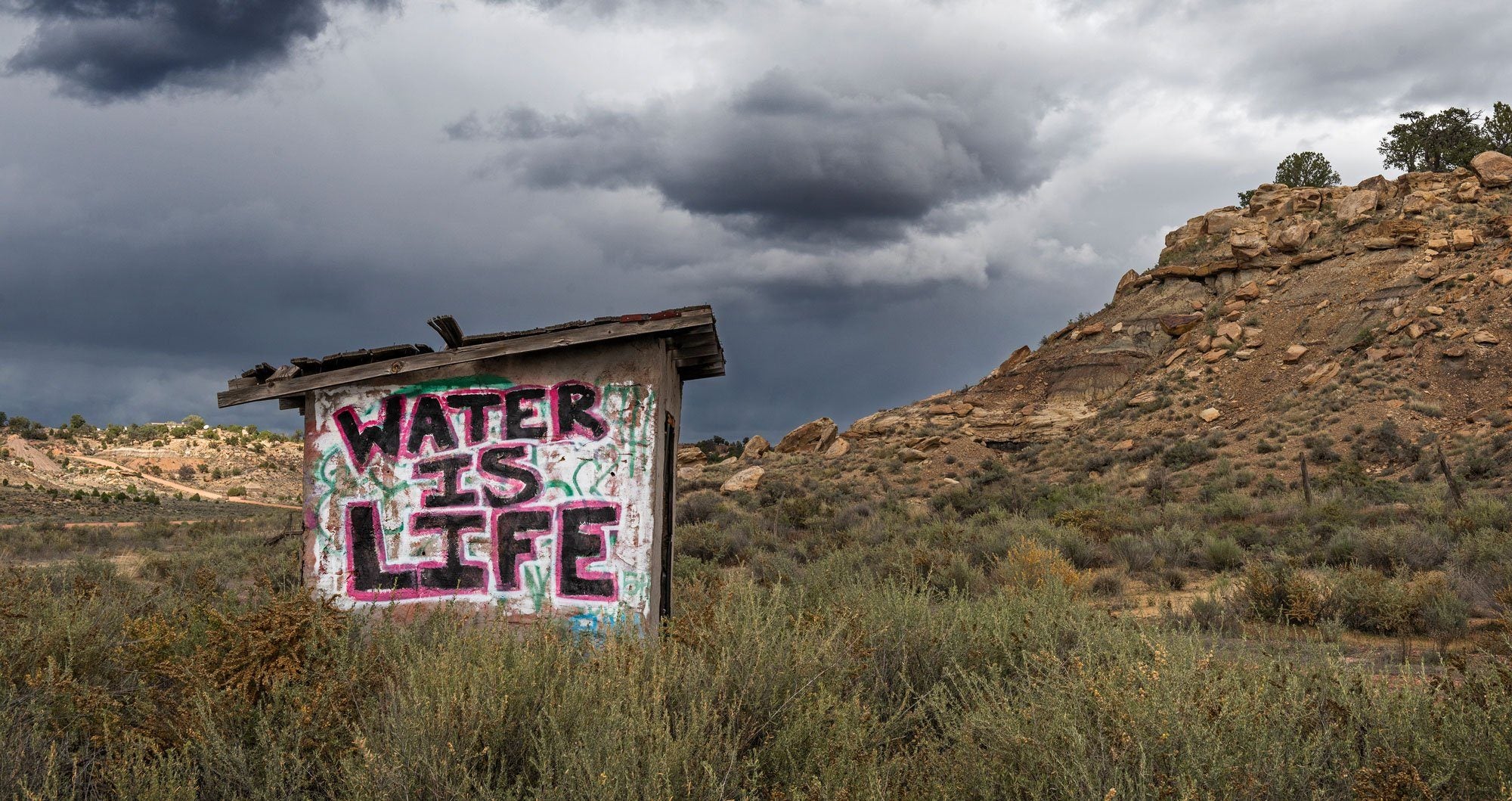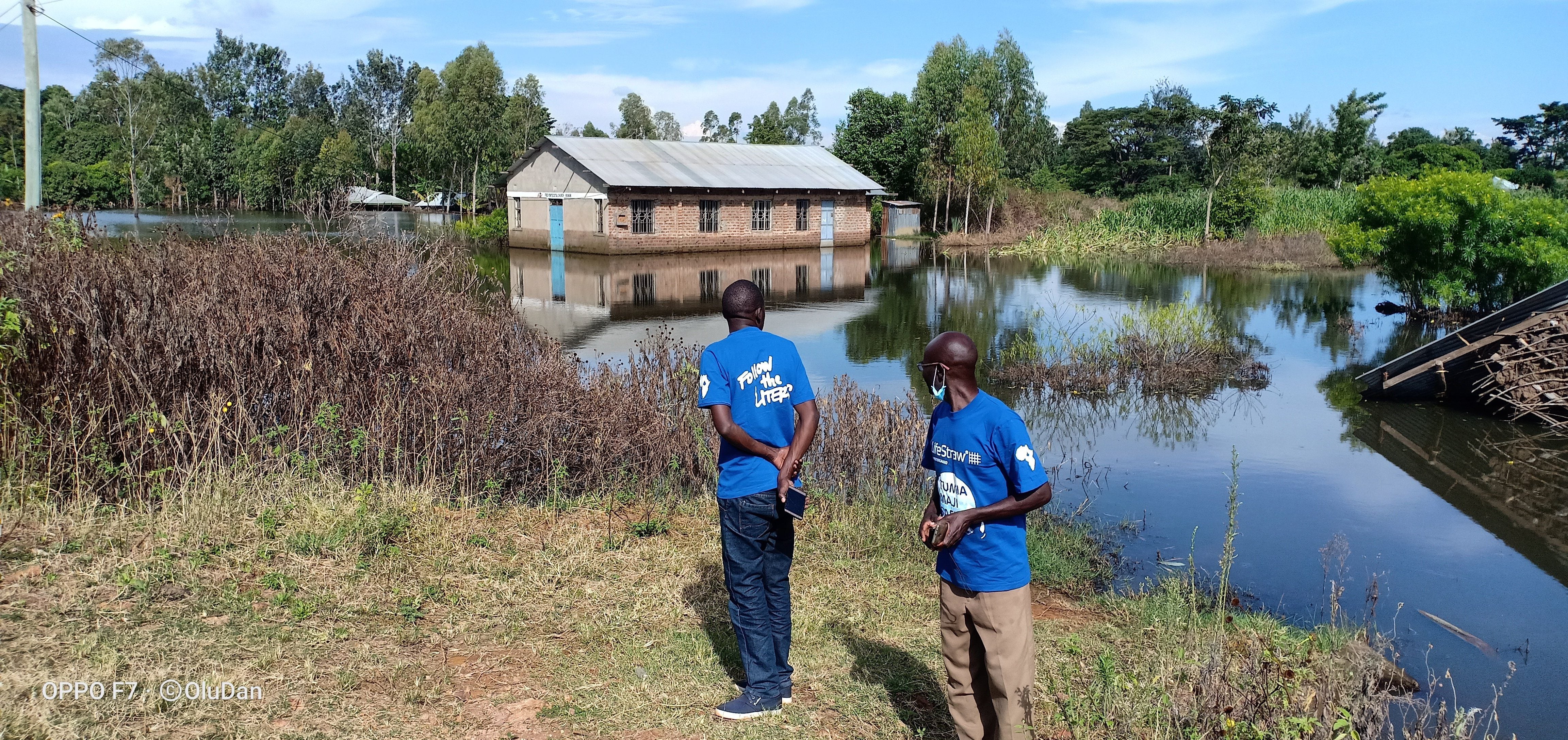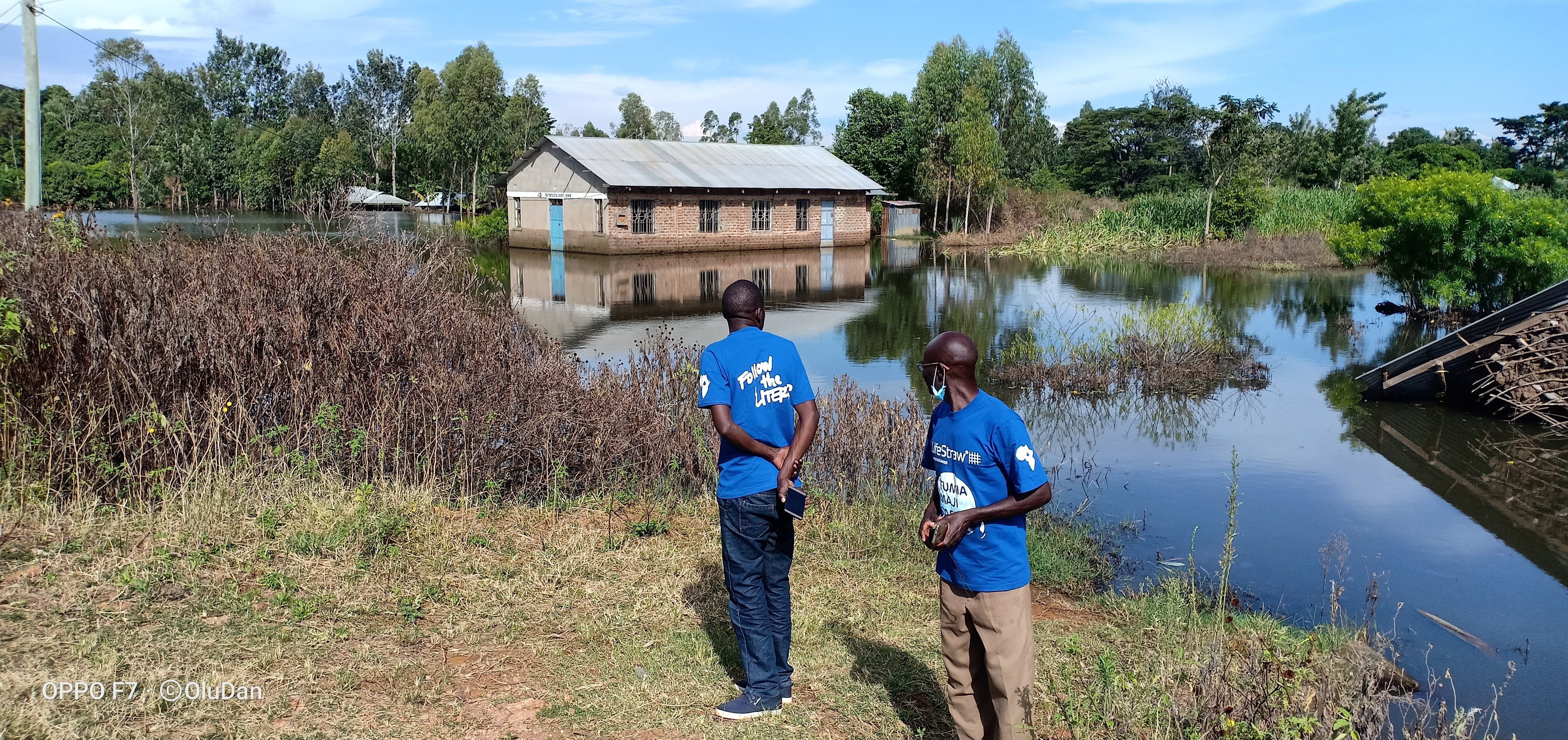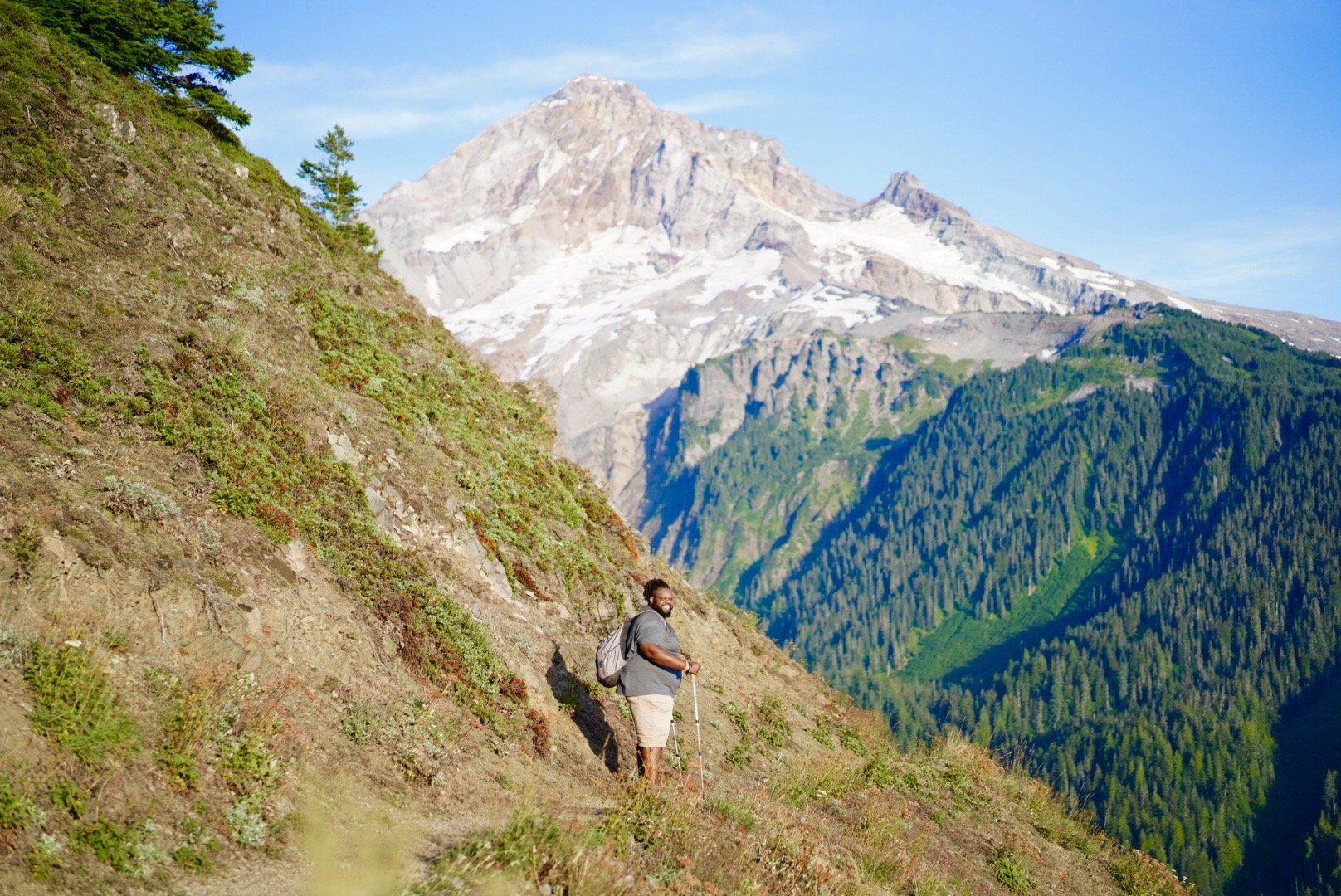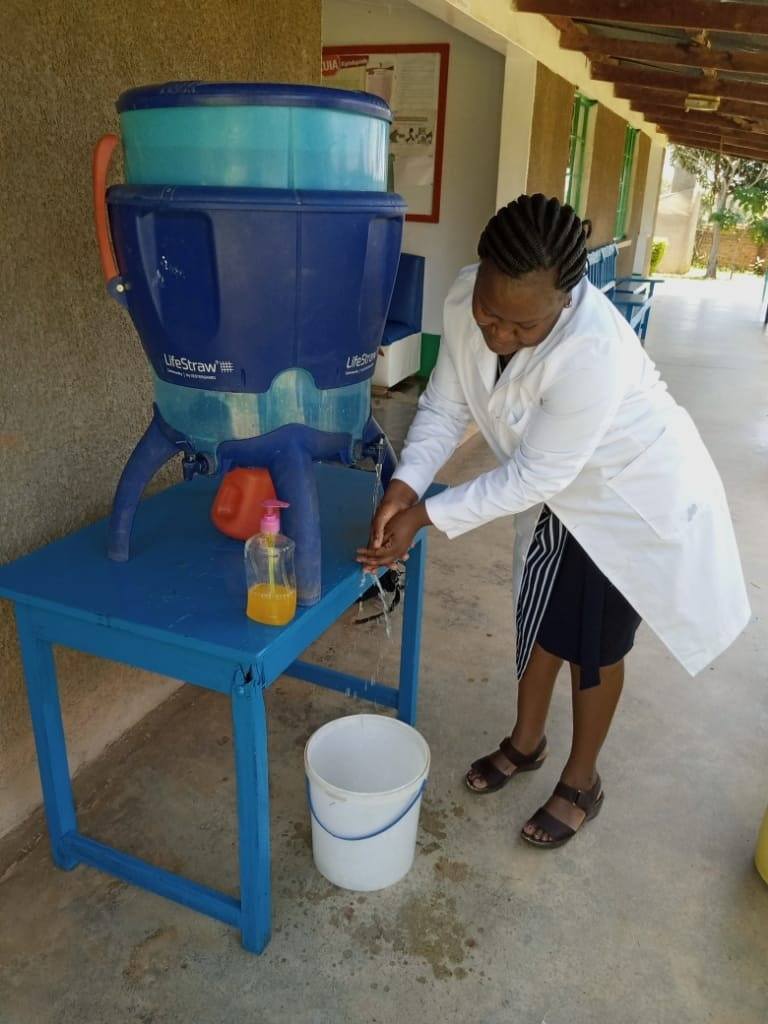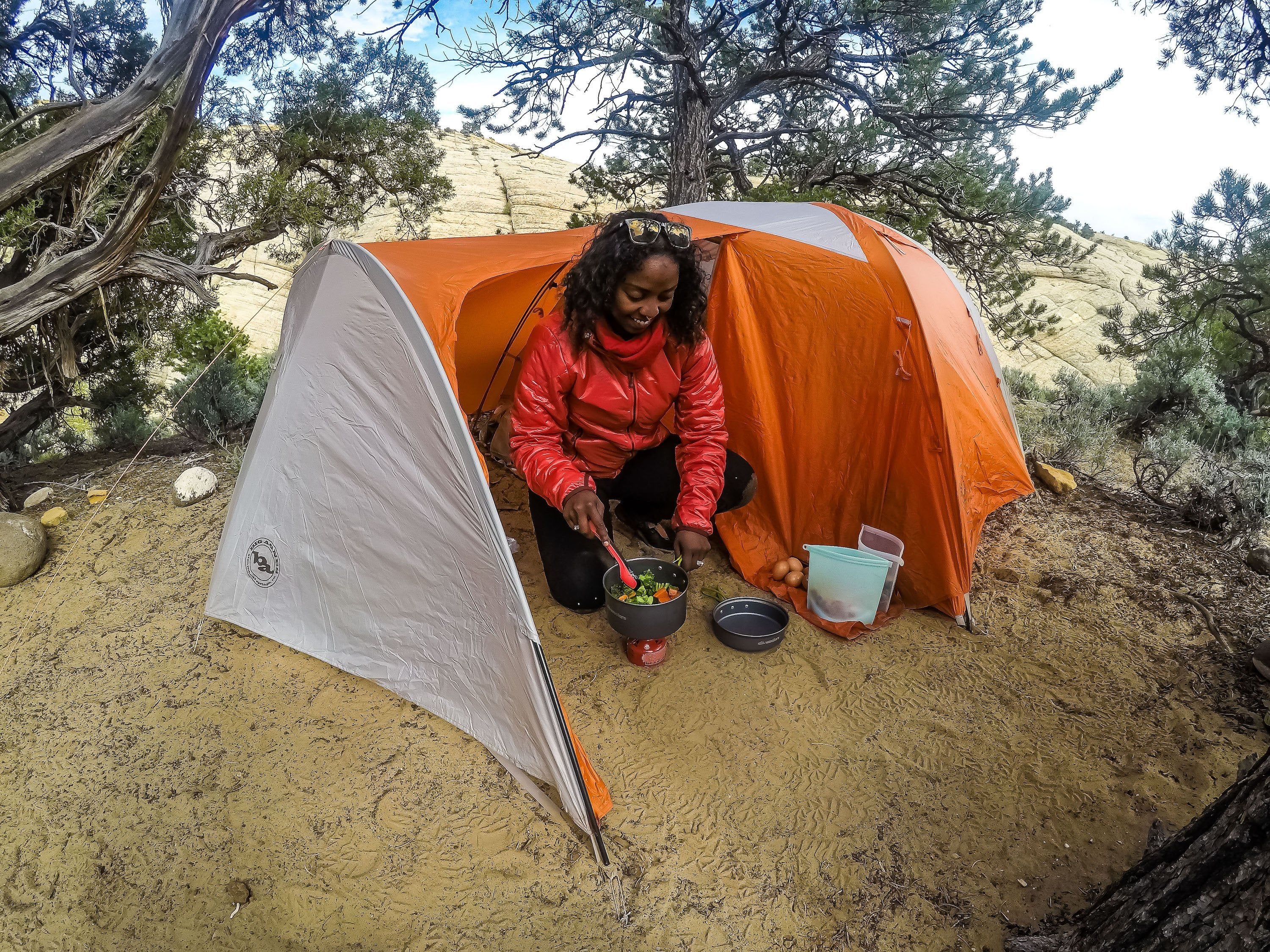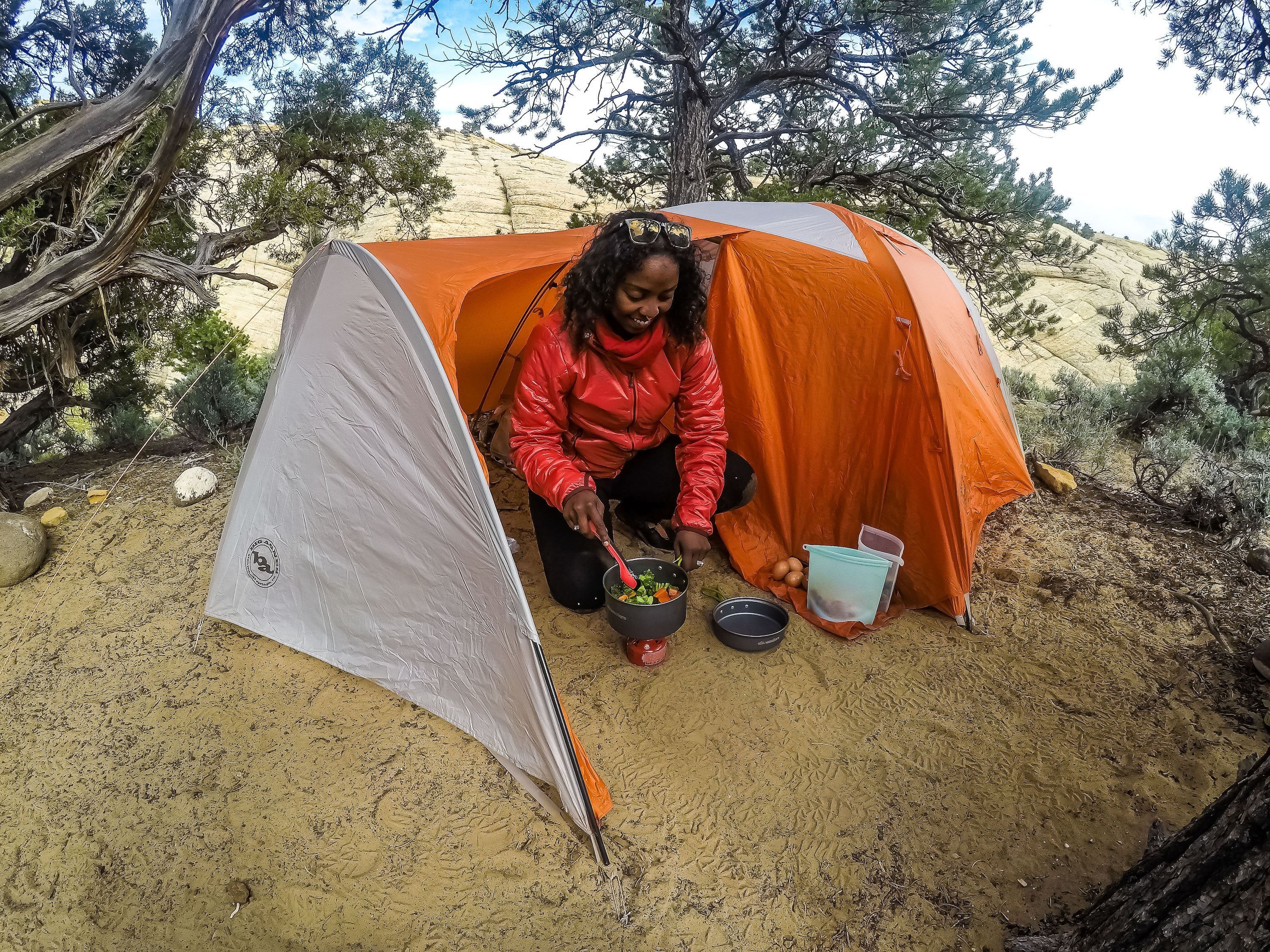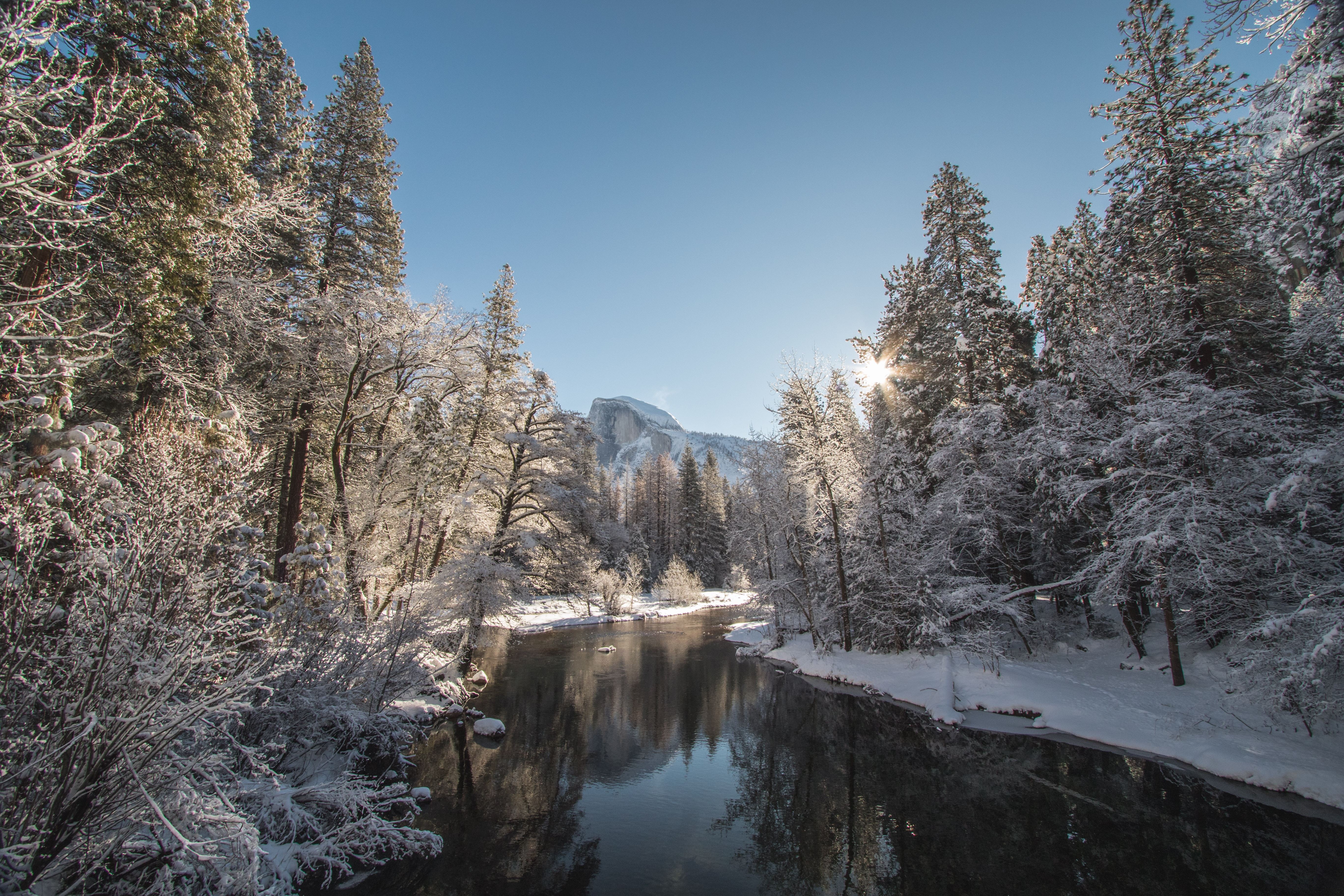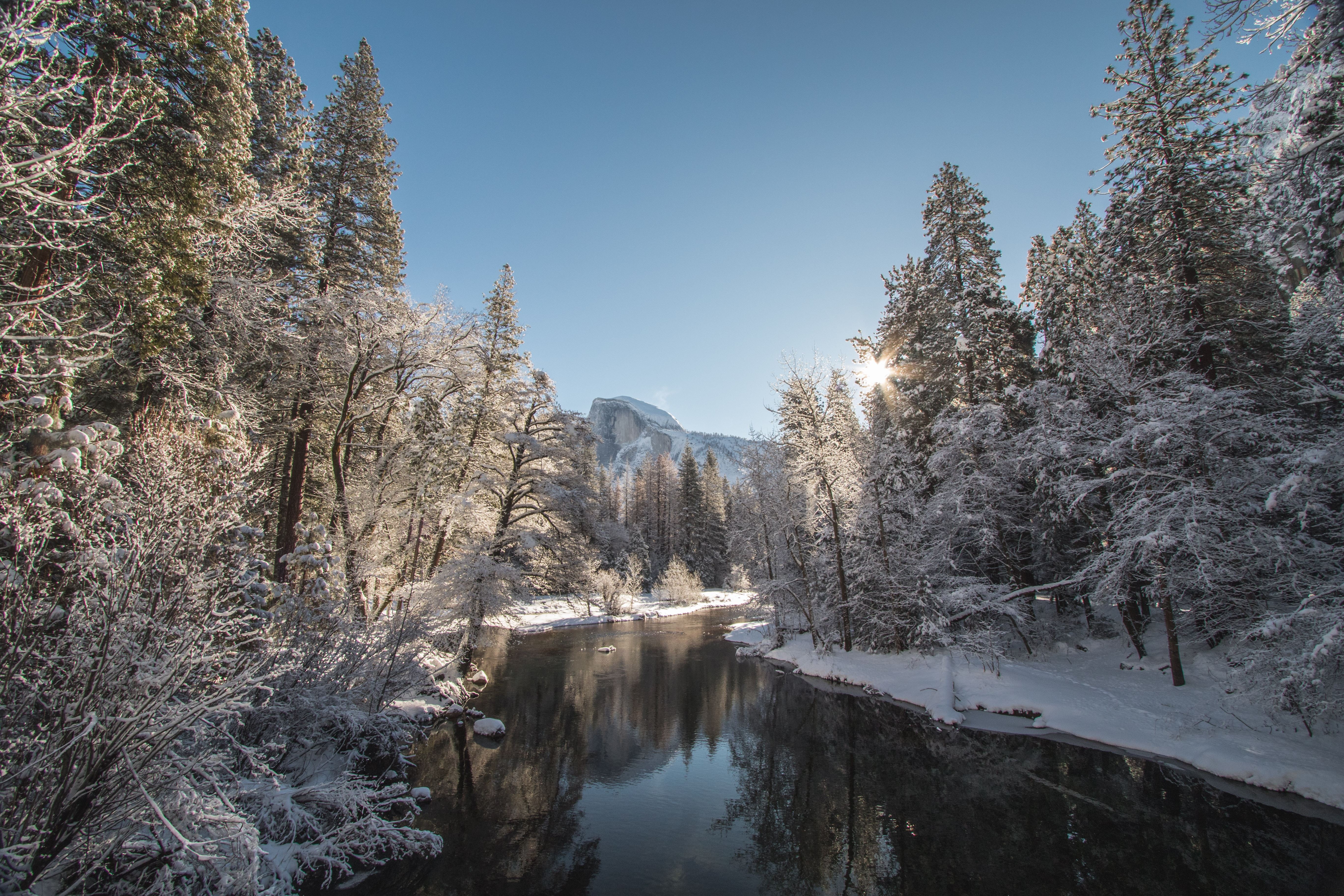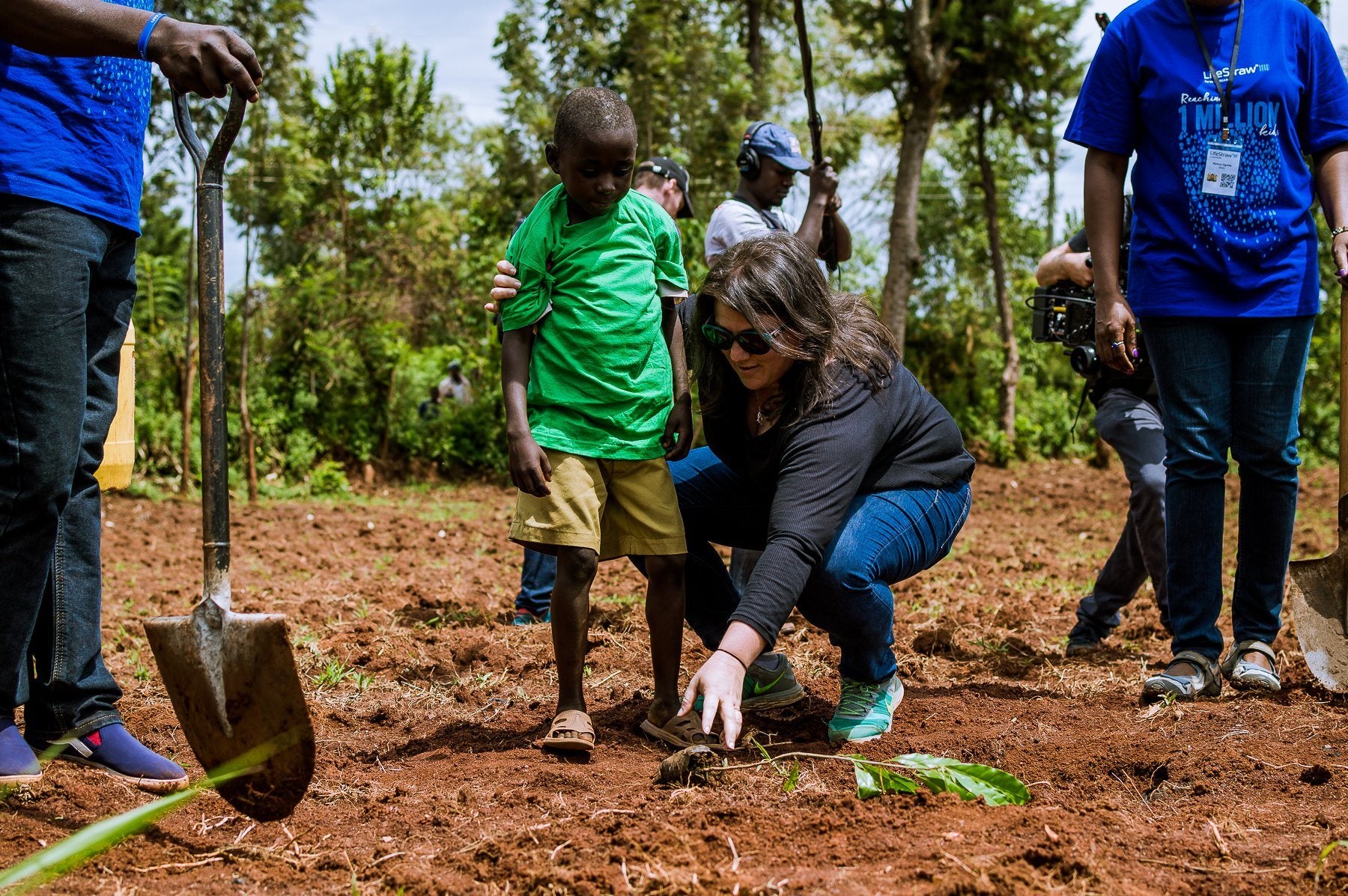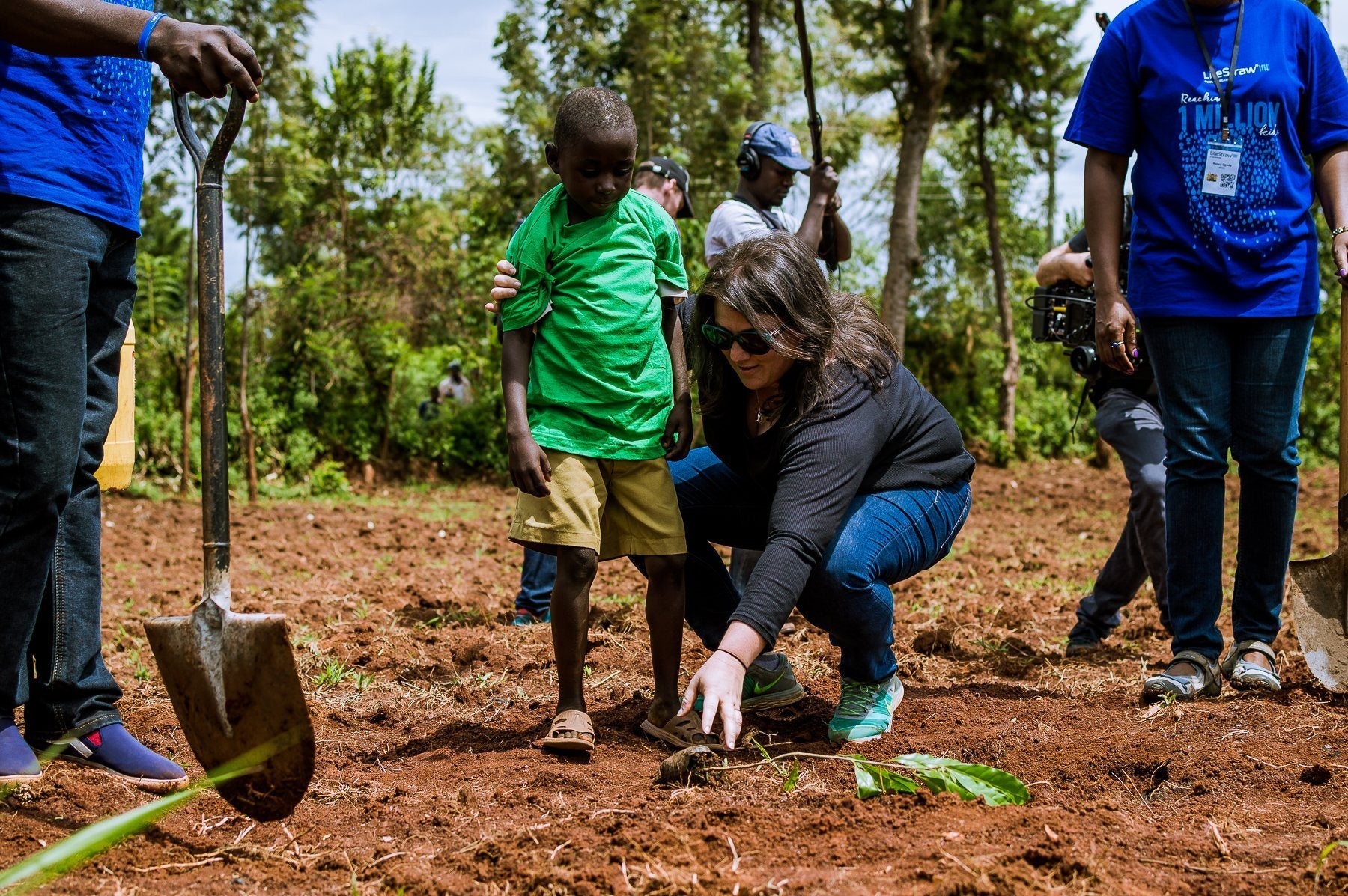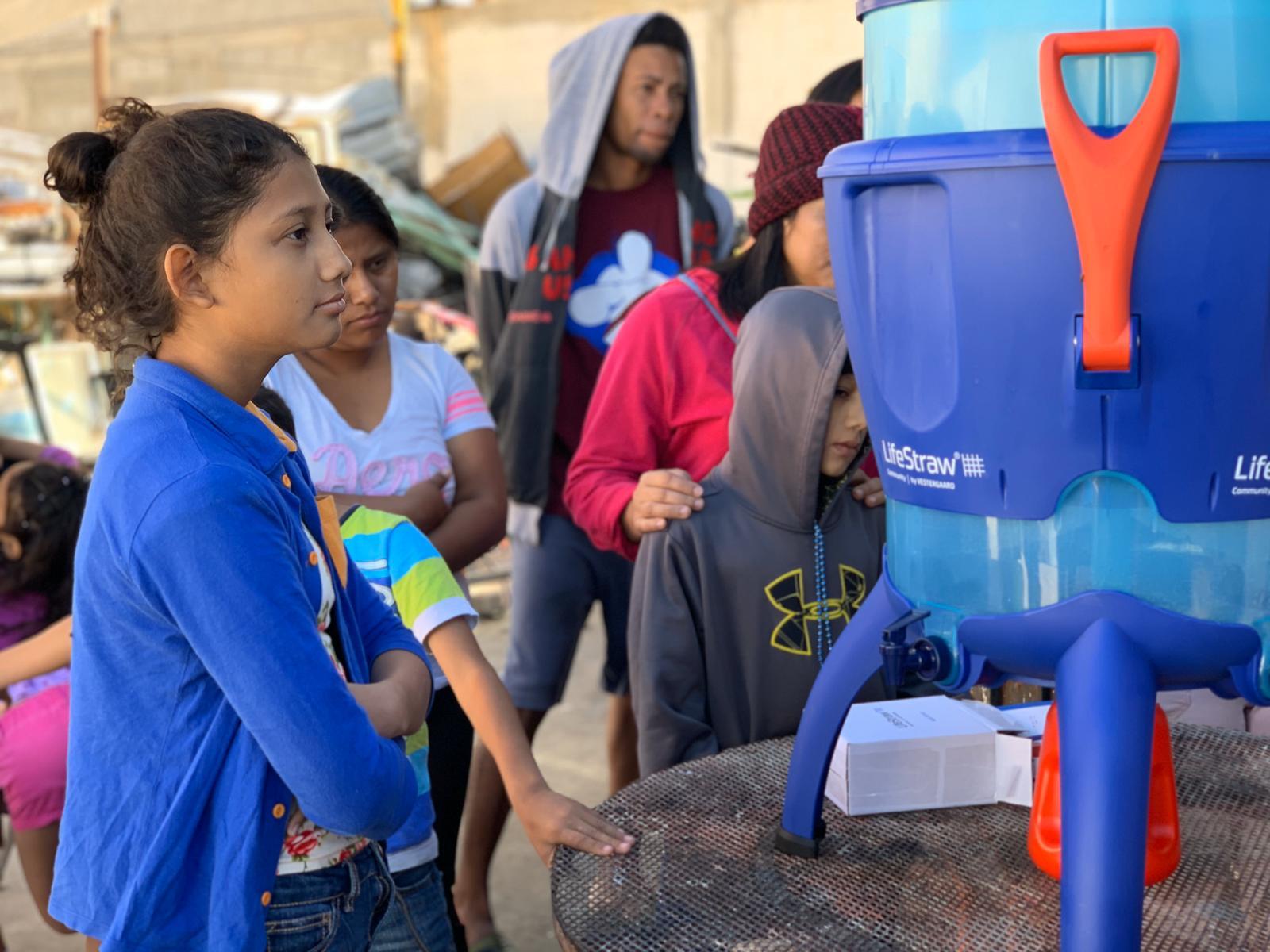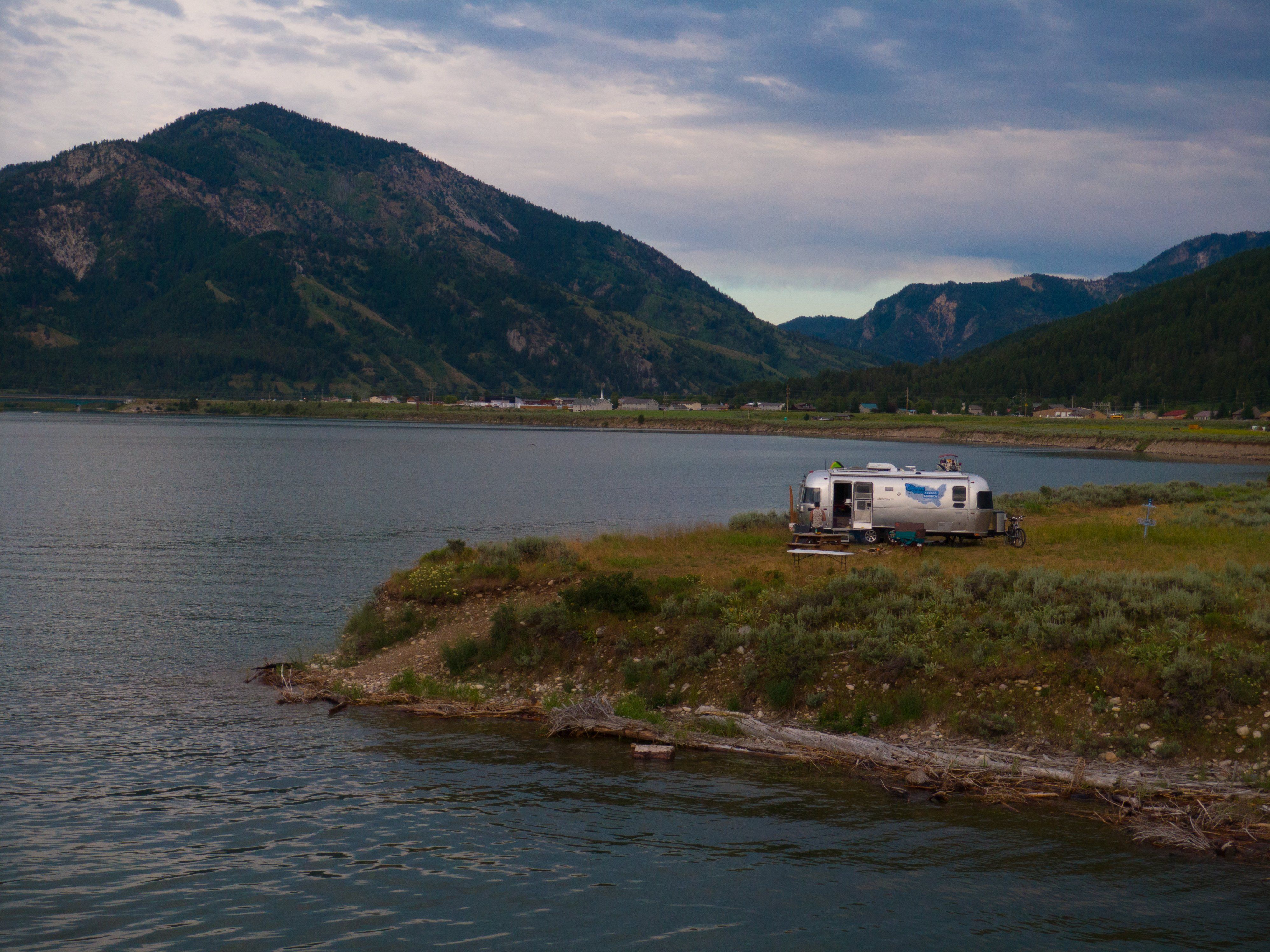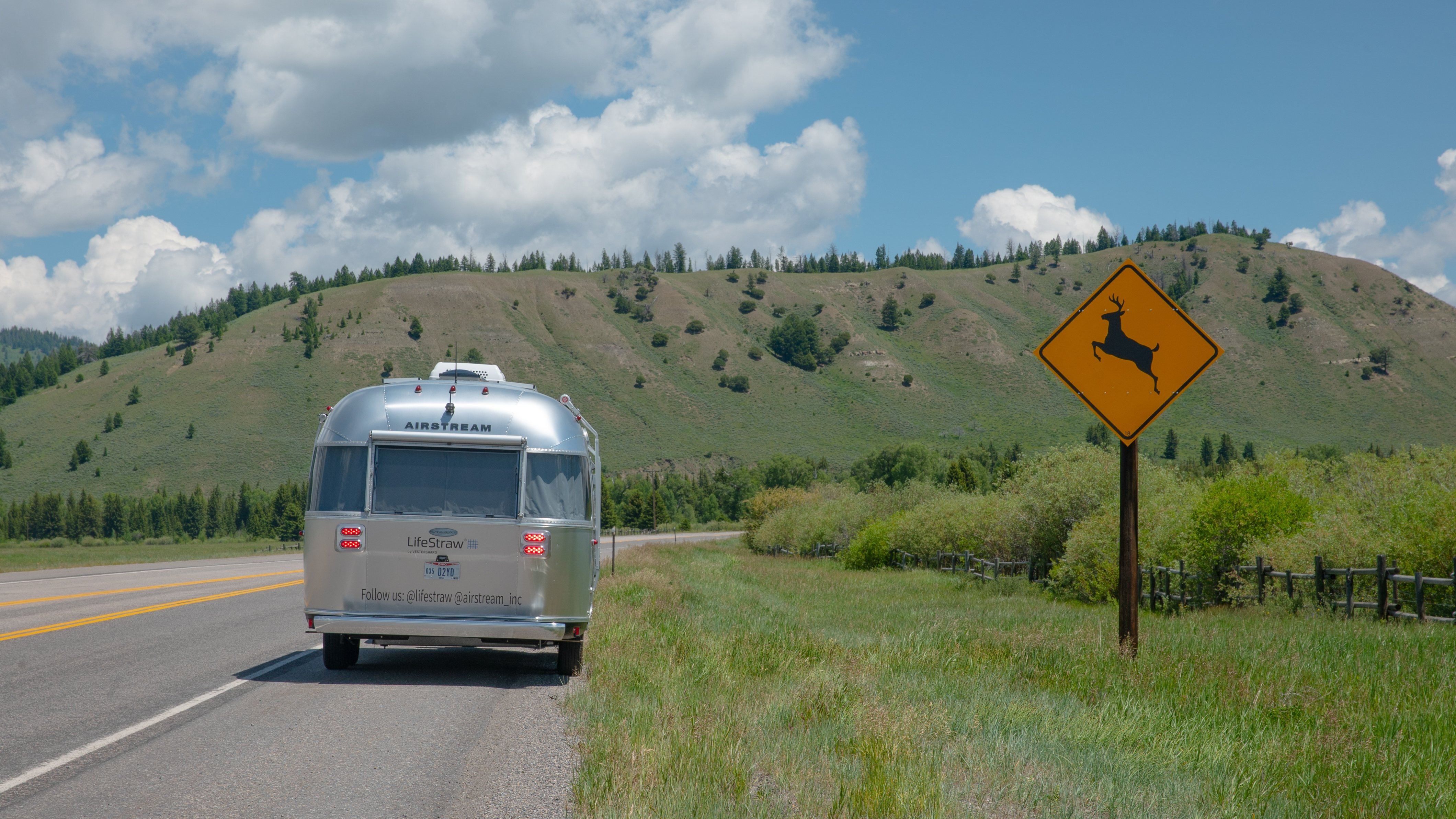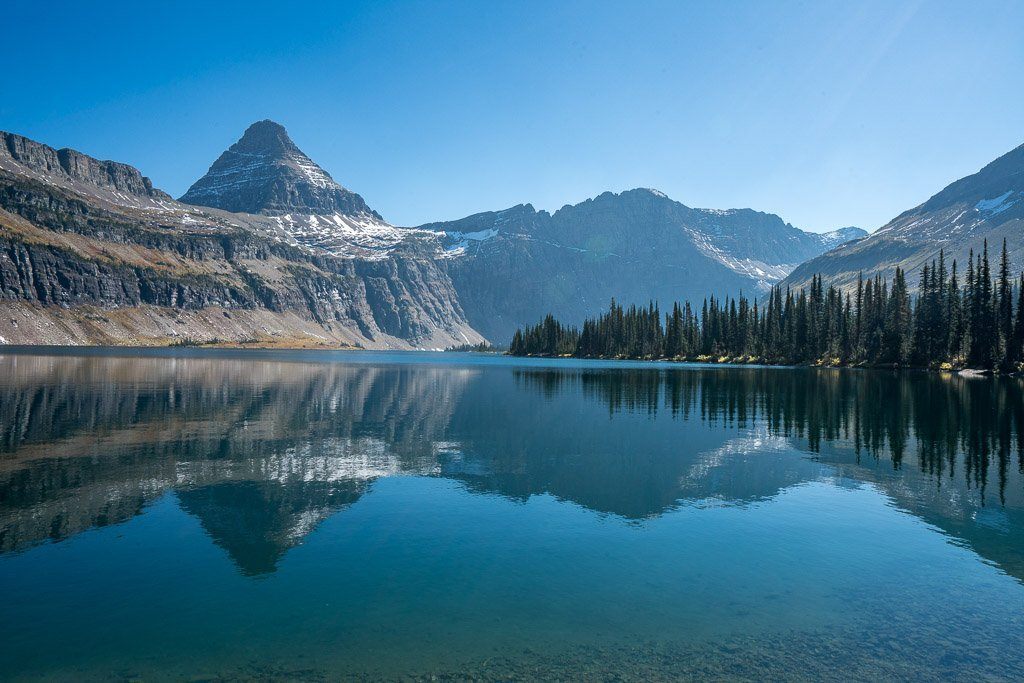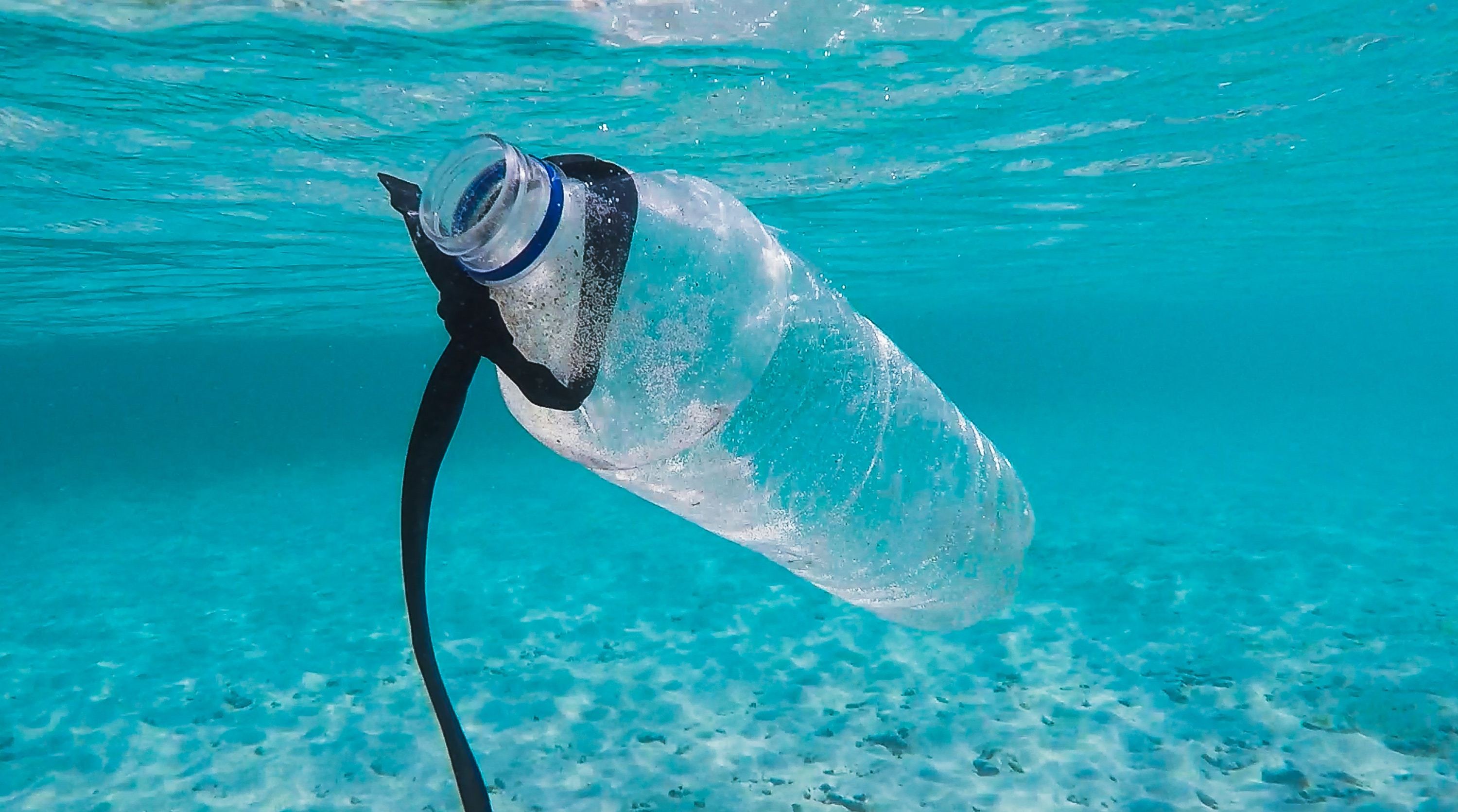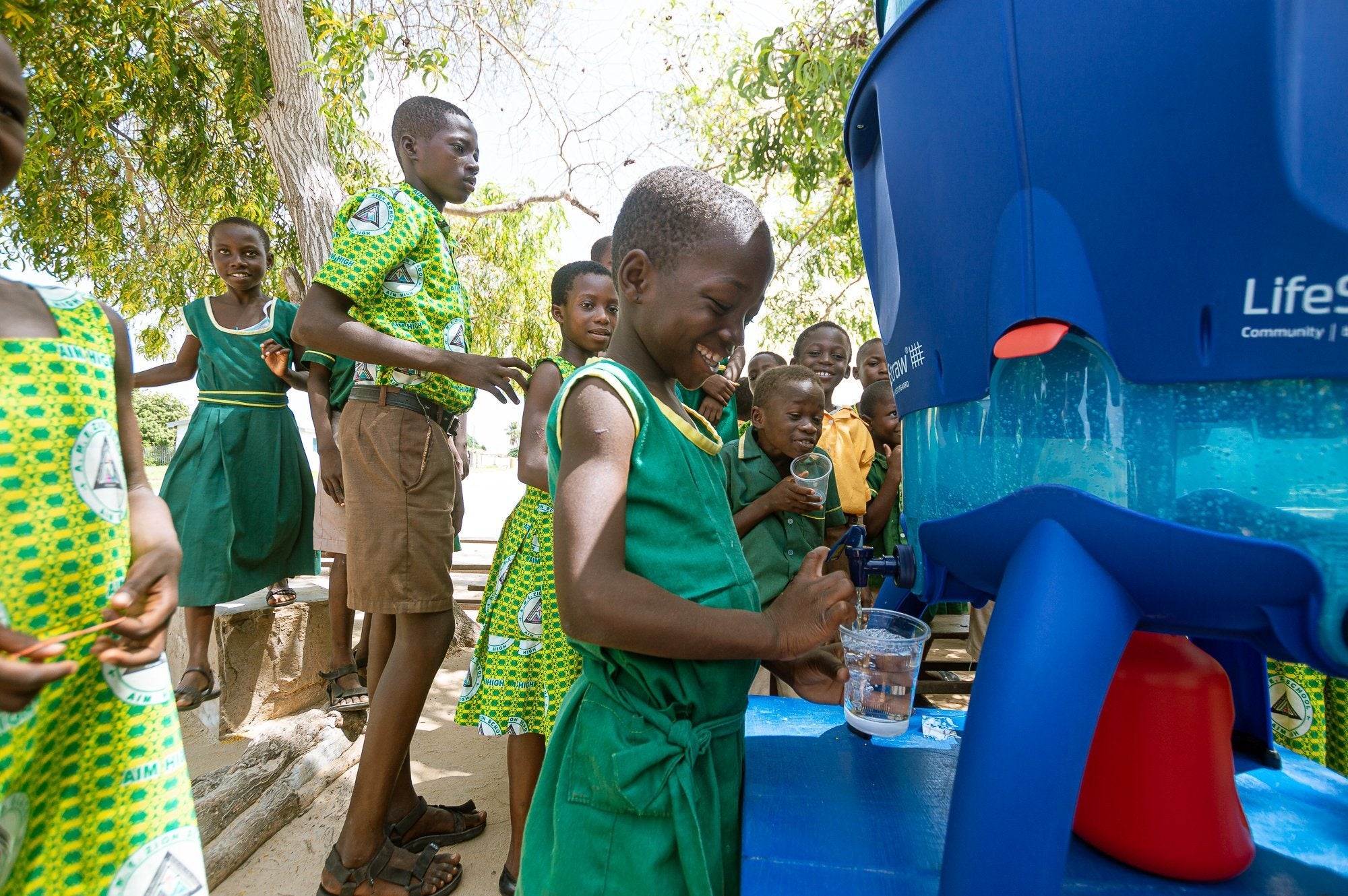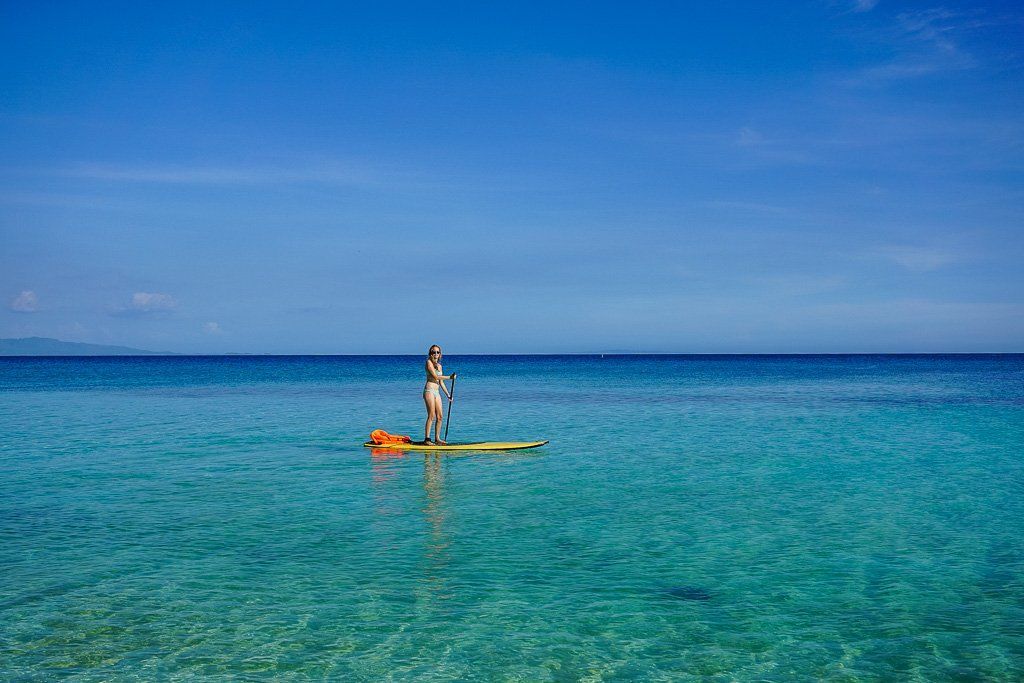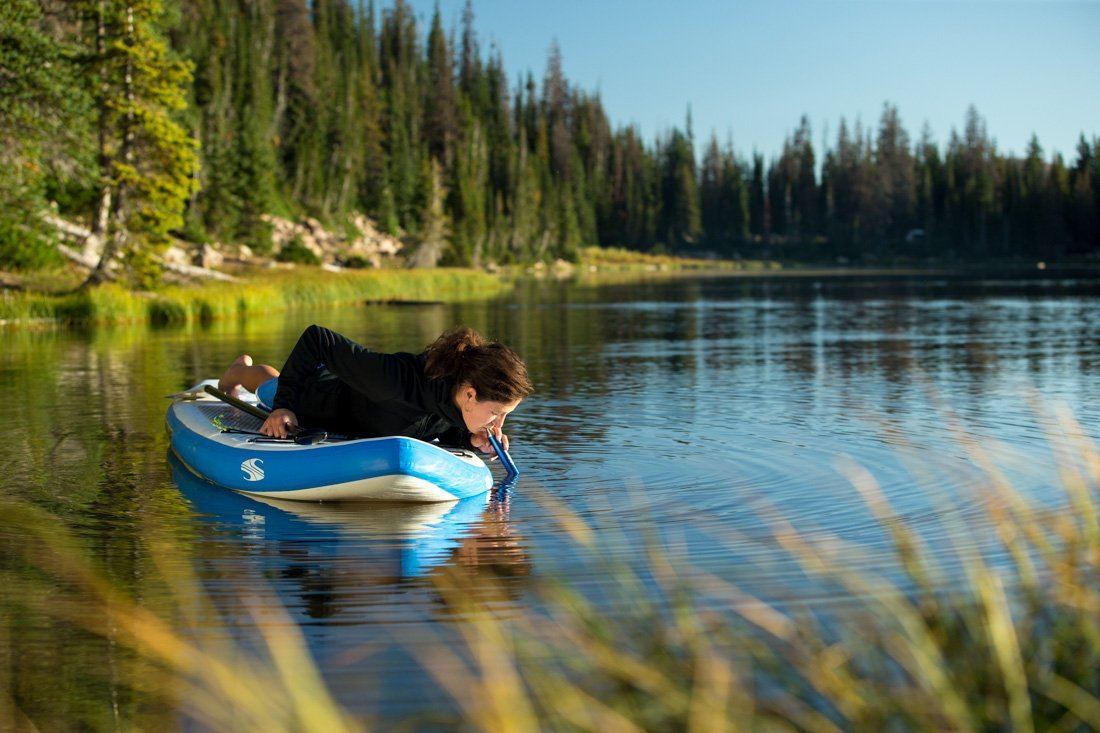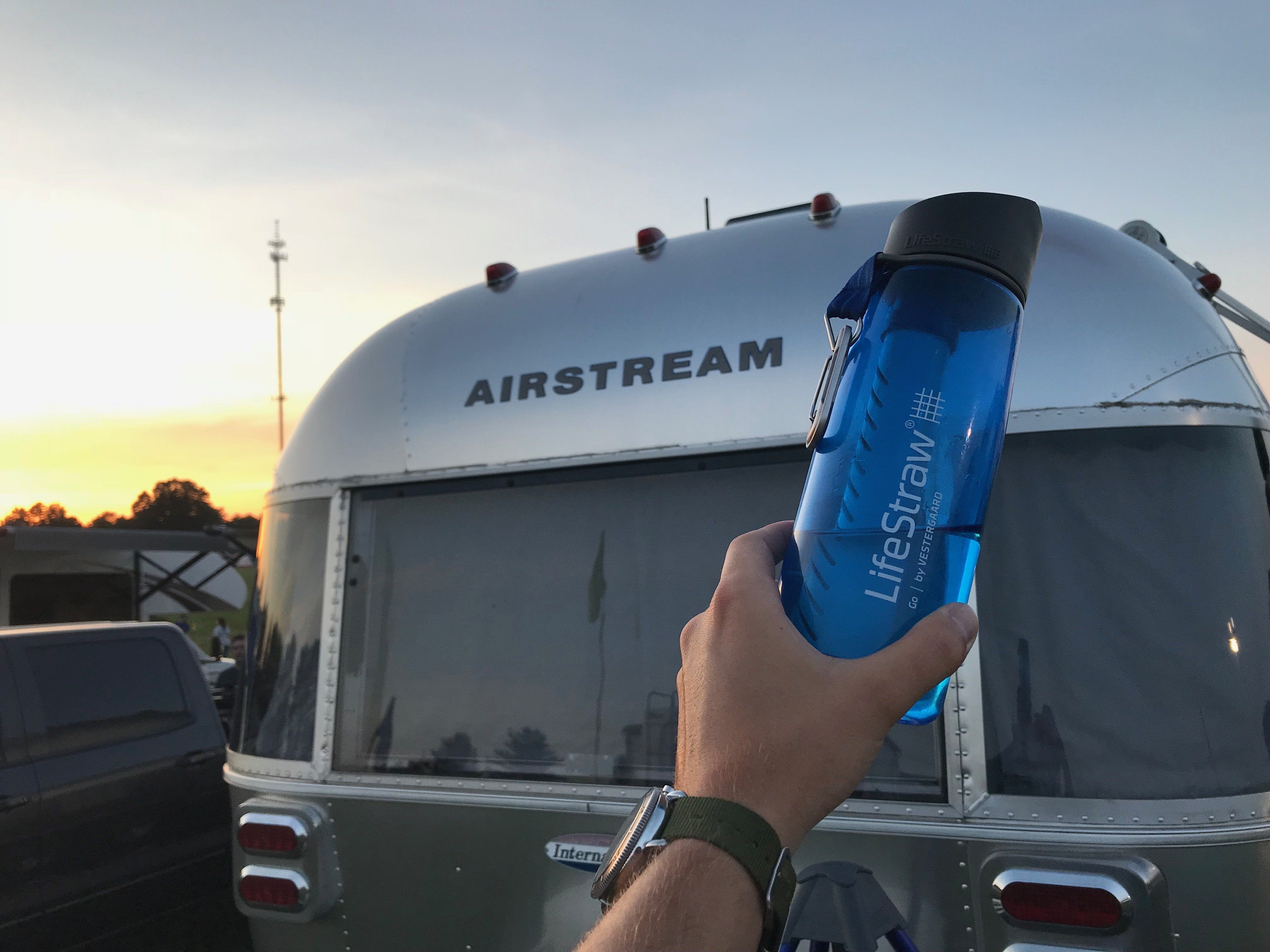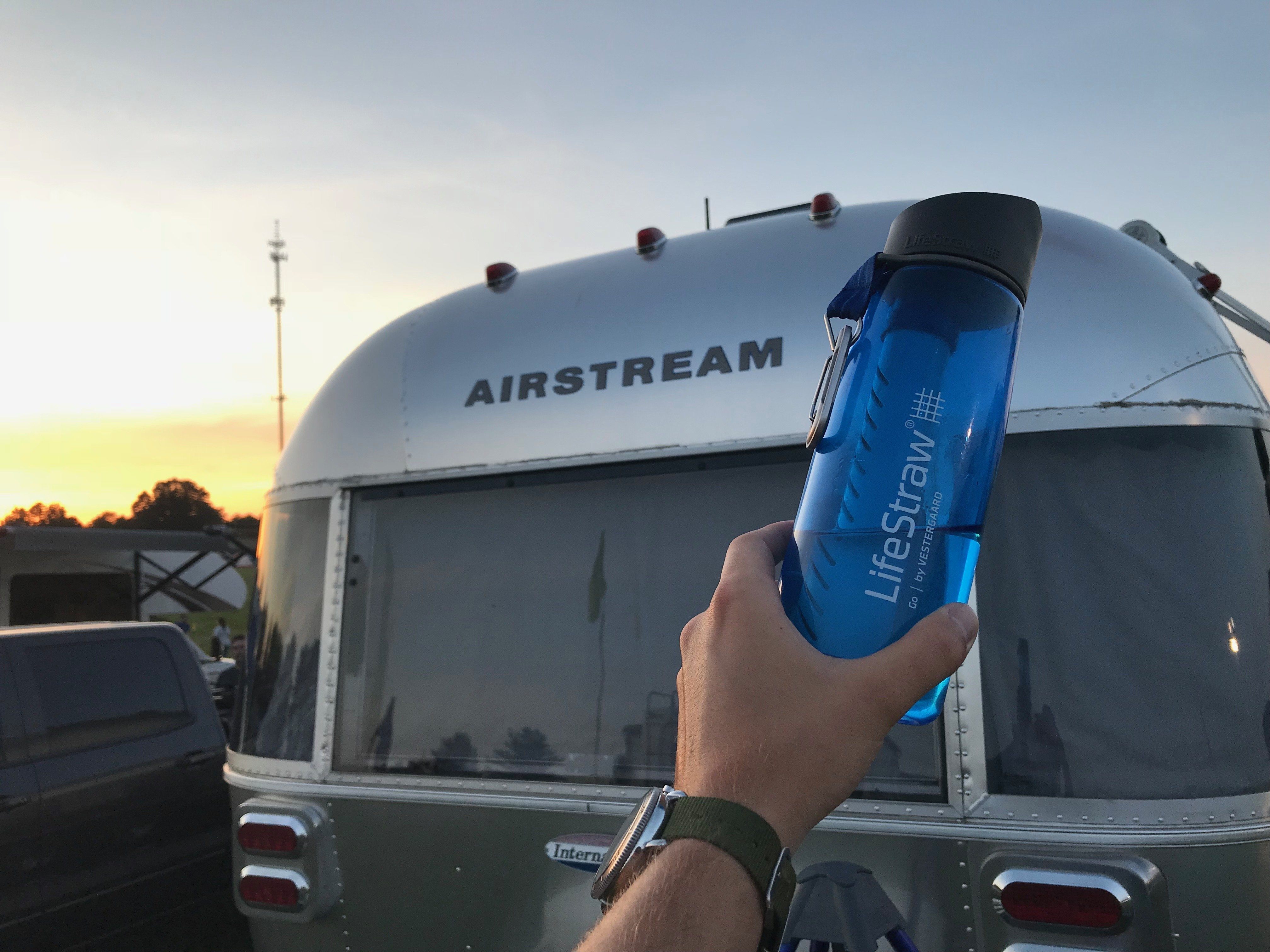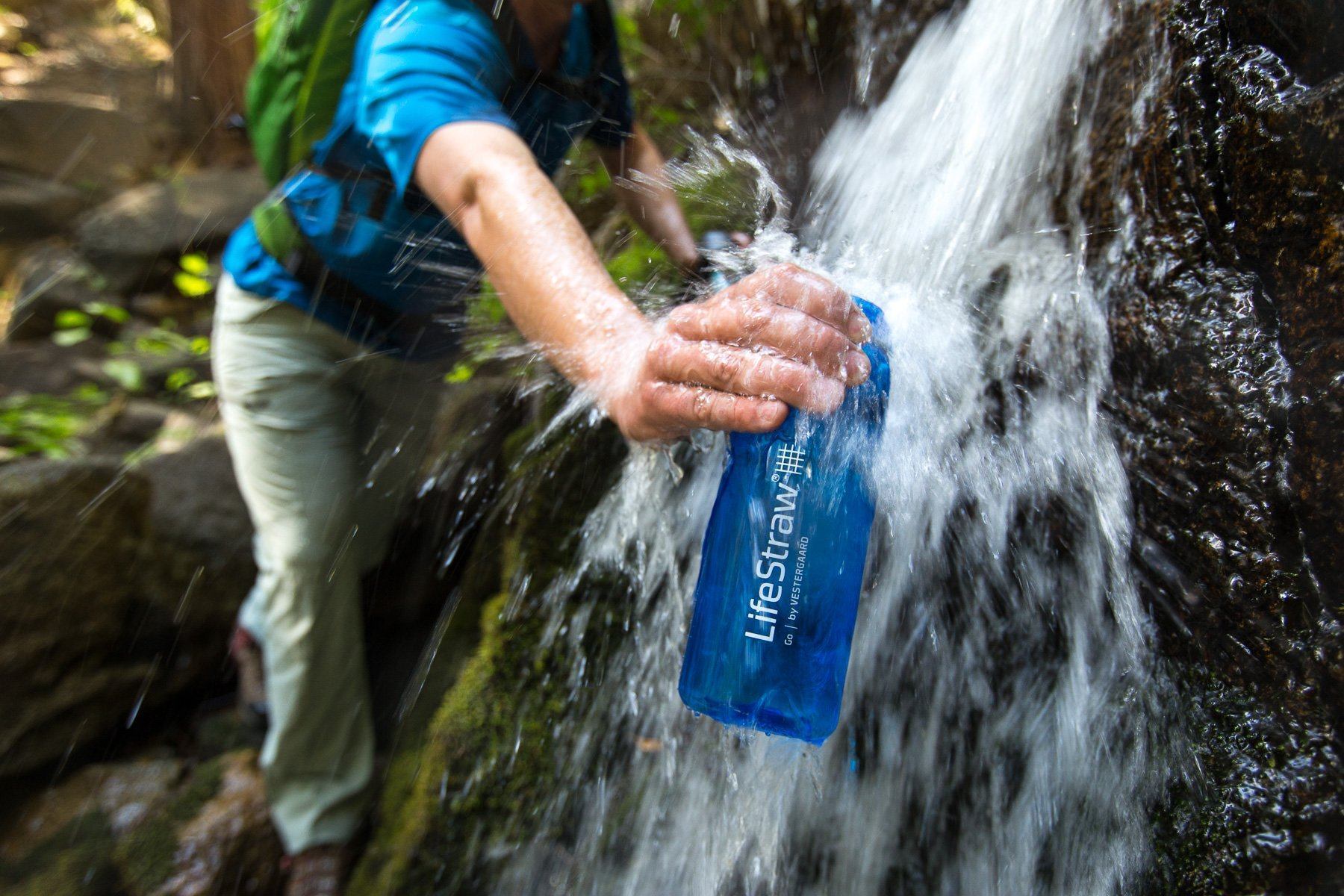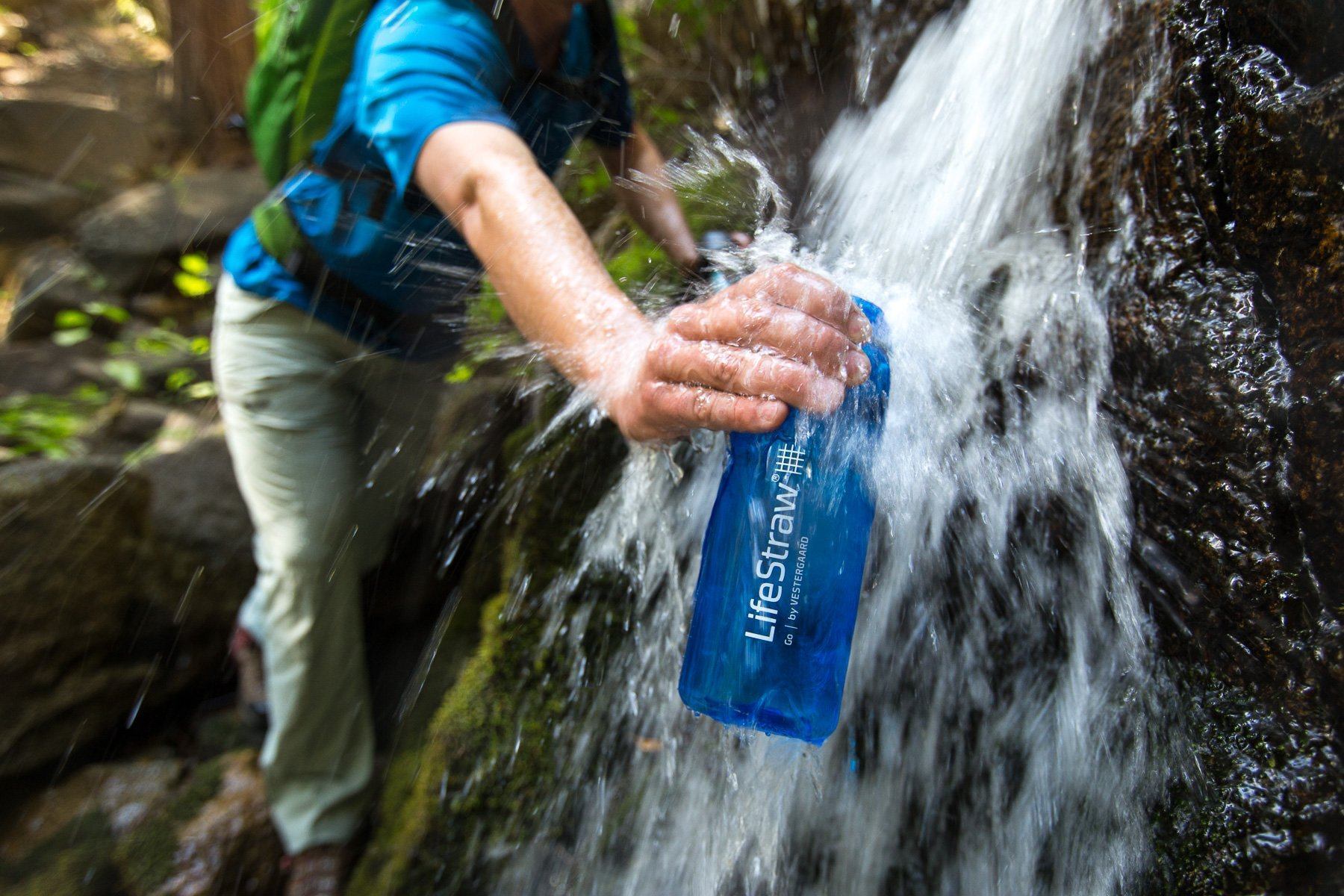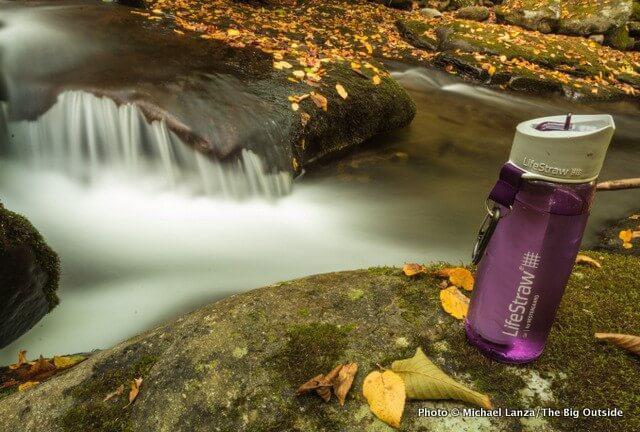
Backpacking in Carolina
November 16, 18
Written by Michael Lanza in October 2016 while Backpacking in the Great Smoky Mountains of North Carolina.
High up the Welch Ridge Trail, in the quiet, Southern Appalachian forest of Great Smoky Mountains National Park, I stop in my tracks and look down at the ground. The trail and sloping mountainside around me are damp and muddy—not something I’ve seen a lot of on this first day of a mid-October, solo backpacking trip, in a dry fall in North Carolina. I glance around and immediately spot the spring that’s marked on my map, drop my pack, and pull from its side pocket the bottle that has revolutionized my strategy for staying hydrated in the backcountry.
And I repeat a procedure that takes seconds, and that I’ve done numerous times today and on other recent trips: I squat beside the spring, fill my LifeStraw Go bottle with two-stage filtration, cap it, and sip from the bottle until I’ve drained most of it—replenishing my body’s water tank. Then I refill the bottle, stick it in my pack’s outside pocket, and resume hiking.
In fact, I’ve carried only a little water in reserve in my pack’s bladder, and hardly touched it so far while hiking some 10 miles today to this spring. With another six or so uphill miles to hike to my next water source, at the shelter where I plan to sleep tonight, I’ll only consume a bit of that bladder water. For most of today, I’ve relied almost entirely on this LifeStraw Go for my water—as I will do hiking about 17 miles tomorrow, and as I did last month on a five-day, 80-mile backpacking trip in North Cascades National Park, and on a trail run-hike of about 20 miles in Idaho’s Sawtooth Mountains, with a third-class scramble up 10,651-foot Snowyside Peak.
This water-treating strategy represents a marked departure from what I and many other backpackers would normally do on a backcountry trip, which is to stop and take the time to pump or use some other method to treat often up to two liters or more of water per person—a process that takes several minutes, not to mention some effort.
But wherever there are fairly frequent water sources along a hike, the LifeStraw Go bottle actually enables me to carry less water and avoid the inconvenience of taking time to filter. I can just dip and fill this bottle in seconds (or in the case of this trickling spring, about a minute), and start drinking and hiking again. One benefit of its tremendous convenience is that I end up carrying less water weight all day.
On my second morning, I leave the Silers Bald shelter early, this time with extra water in my bladder; I know I have 11 miles or more before I’ll hit my next water source, partly because I’m hiking the Appalachian Trail along the crest of the Great Smoky Mountains. At sporadic overlooks along the AT between Silers Bald and 6,643-foot Clingmans Dome, I pause for long, classic Smokies views of overlapping mountain ridges fading to lighter shades of blue as they march off to distant horizons.
Since the LifeStraw Go holds 22 ounces/650ml of water, it's typically enough for at least an hour on the move, and longer in moderate or cool temperatures. Using it is as simple as sucking on a straw. It initially takes a few seconds to draw water up the filter, but once it’s flowing, the water comes basically as fast as you can drink through a straw.
On my second afternoon, I stop beside Mill Creek, dip and fill and drink. Fallen leaves litter the ground and float in the shallow stream. After a few minutes of sitting on a rock, I lift my pack—my very light pack—and resume hiking downhill.
The LifeStraw Go has changed the way I think about managing water in the backcountry. Wherever I know I’ll encounter water every hour or two, I can just dip, fill, and resume hiking, carrying only the water in this bottle, without compromising convenience or safety. It has become my go-to water carrying and filtering tool on virtually all single- and multi-day, three-season backcountry outings.
I like it when a new piece of gear makes backpacking a little easier for me.
Michael Lanza reviews hiking and backpacking gear and blogs about his outdoor adventures, including many with his family, at The Big Outside. He’s the former Northwest Editor of Backpacker magazine, where for several years he was the magazine’s lead gear reviewer. His award-winning book Before They’re Gone—A Family’s Year-Long Quest to Explore America’s Most Endangered National Parks, chronicles his family’s wilderness adventures in national parks affected by climate change.

